Once the warmth of Spring hits eastern Australia, our research team races out to survey our long term monitoring sites for birds and reptiles. Spring is one of the best times to detect many species as they respond to warmer weather conditions. This September included surveys of the Murray Study sites as far west as Moulamein in New South Wales, sites in the heart of the South West Slopes in NSW, and sites as far north as Texas in Queensland for the Stewardship Study.
Highlight finds this season included recording Carpentaria Snake on a Stewardship Study site in northern NSW, creating a range extension for the species. The team also detected good numbers of the federally vulnerable Pink-tailed Worm-lizard in the South West Slopes of NSW.
One of the wettest September's on record drove many reptiles above ground, such as this Eastern Hooded Scaly-foot, a harmless legless lizard. They usually reside in spider burrows and soil cracks and are rarely recorded during daytime surveys. Photo: Sachiko Okada
We are pretty busy with surveys each day, but occasionally we get a chance to stop and take some photos. Take five minutes to check out a few snaps below from the team featuring the many amazing frogs, geckos, skinks, lizards, and birds that were recorded. Click through below:
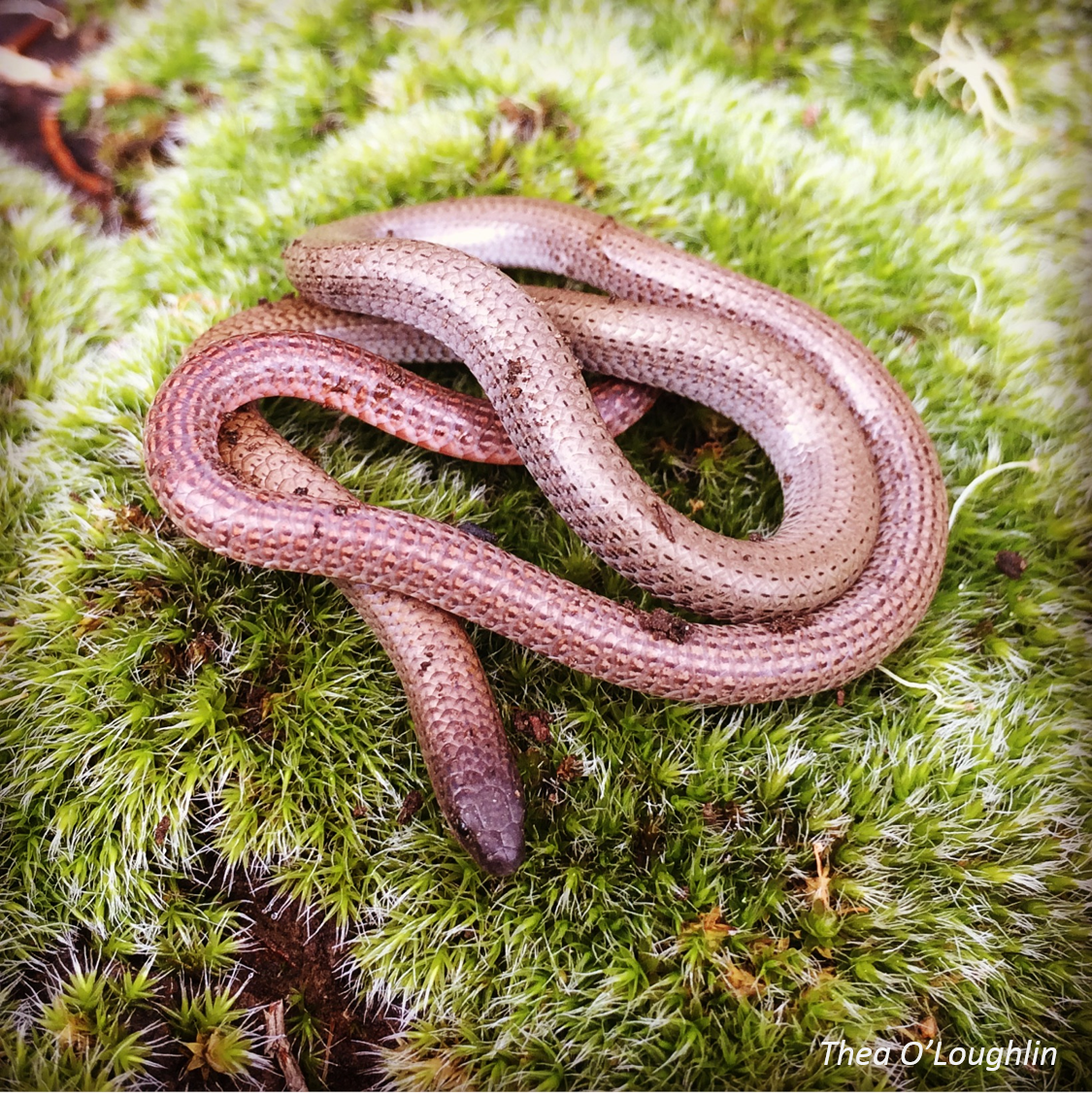
Pink-tailed Worm-lizard have a specialized diet of ants and their pupae.
Photo: Thea O'Loughlin.
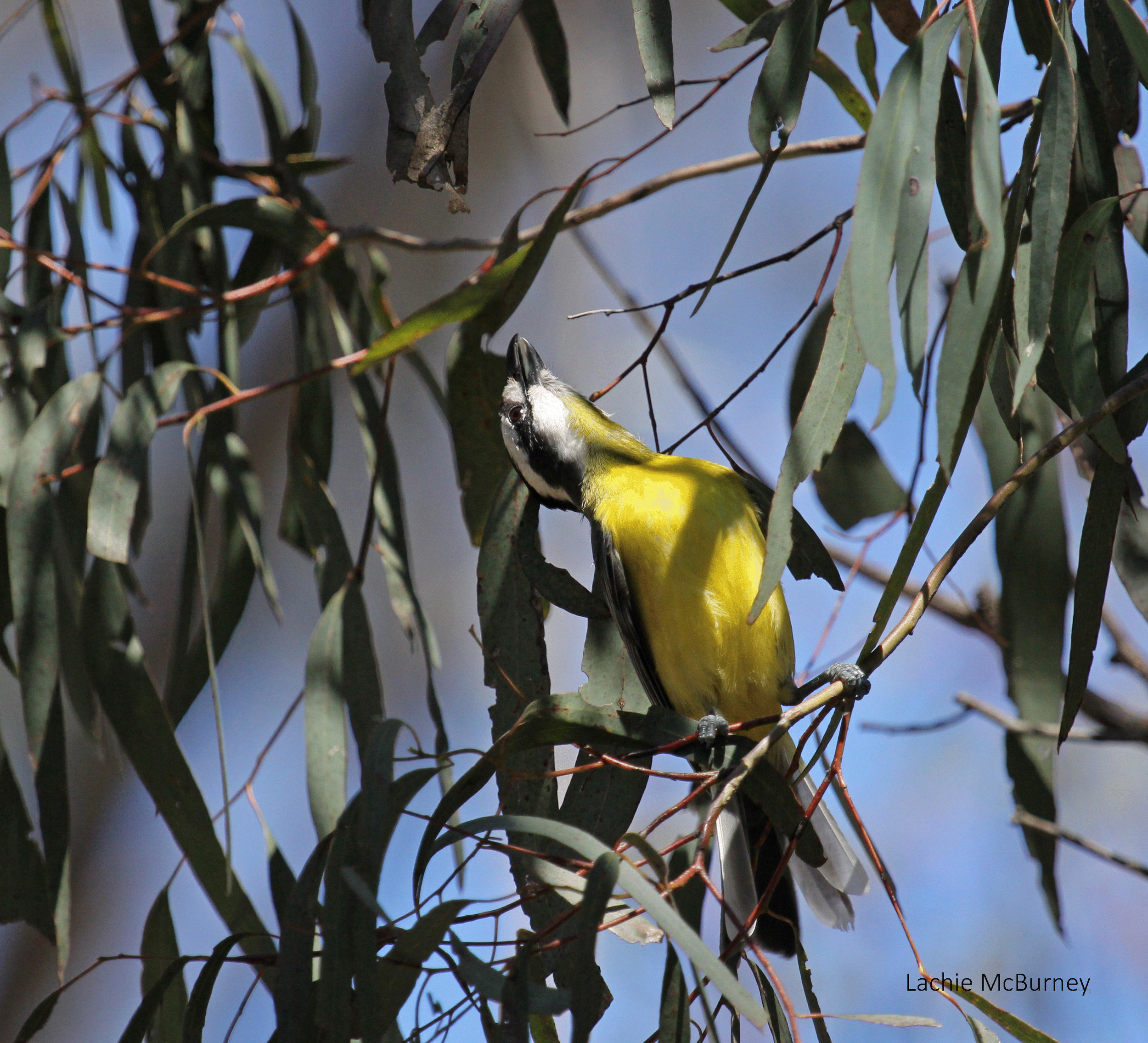
This Crested Shrike-tit was quietly feeding in a very noisy flock of woodswallows. The splash of yellow only just caught my eye.
Photo: Lachie McBurney.
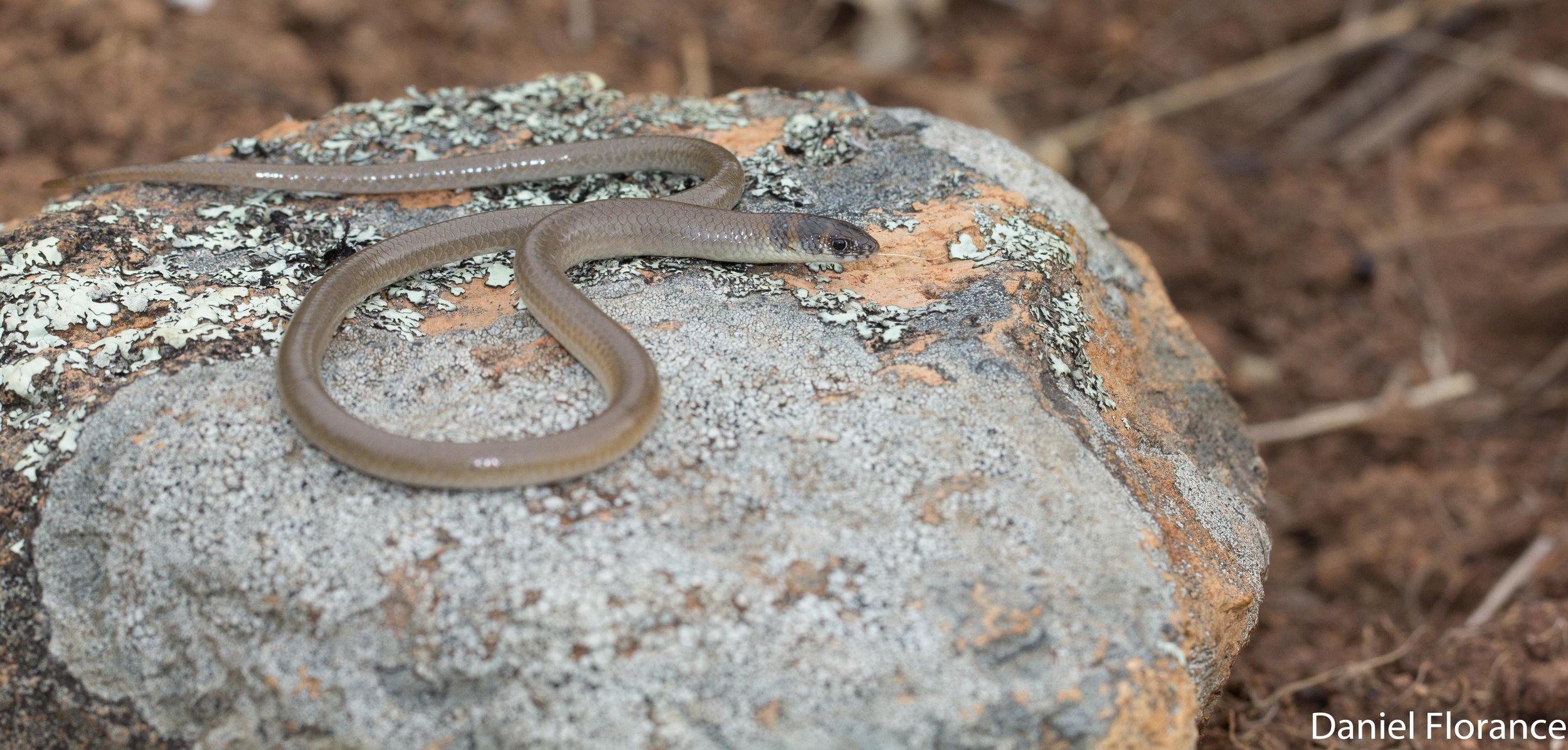
The Excitable Delma is another of Australia’s legless-lizards. Lacking front limbs, ithas tiny vestigial hind limbs in the form of scaly flaps.
Photo: Dan Florance
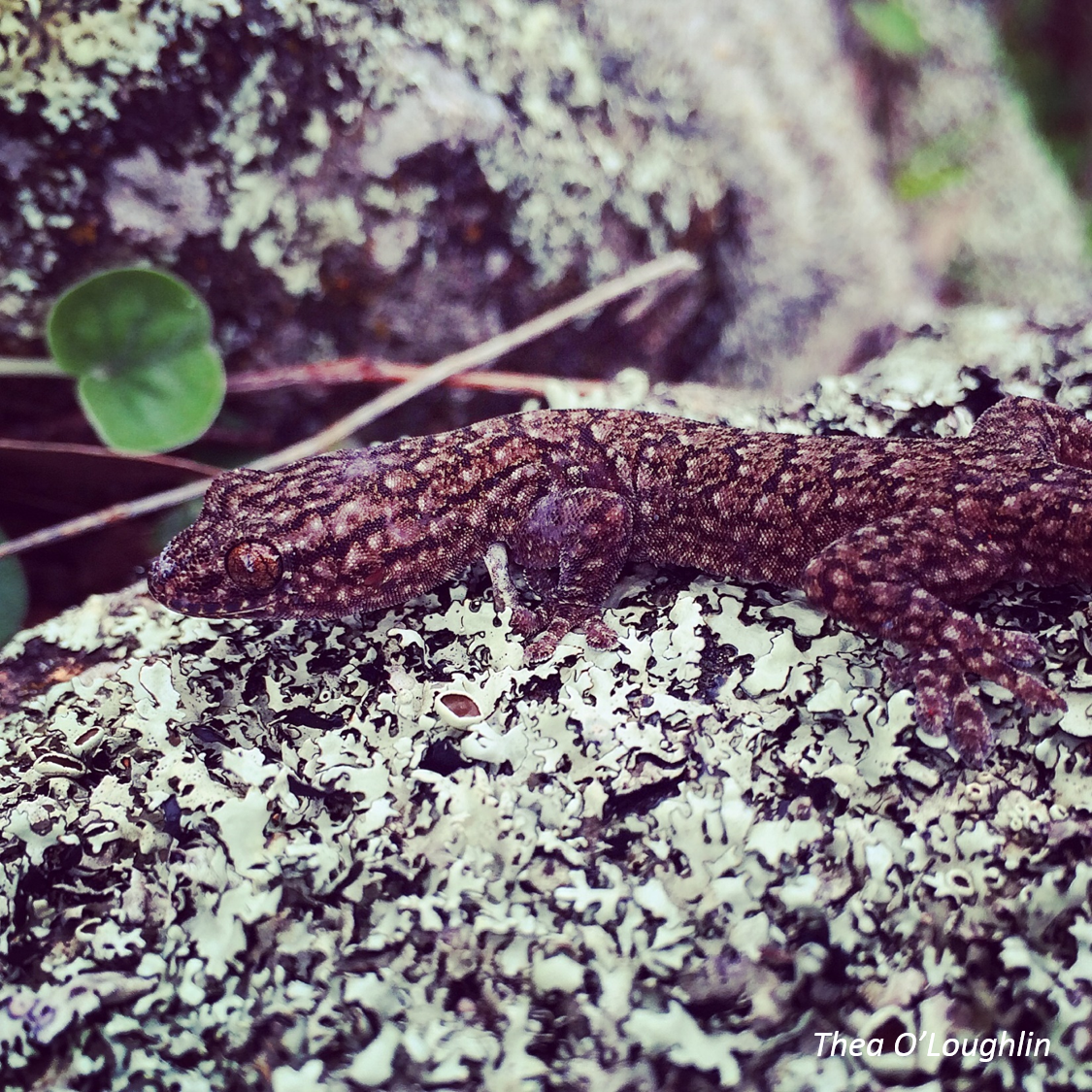
Common within their range, Tree Dtella are often recorded on the Stewardship Study.
Photo: Thea O'Loughlin.
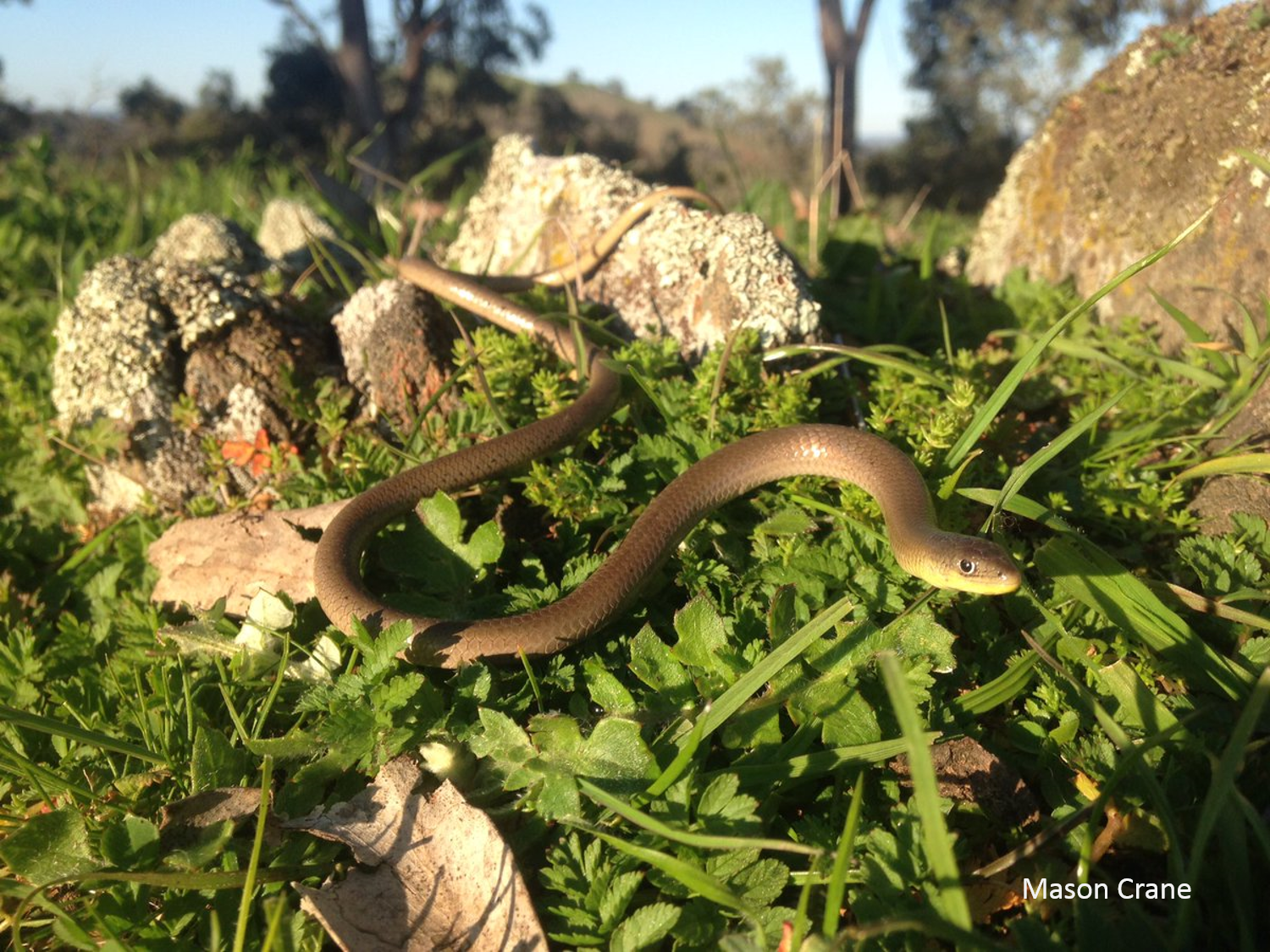
If it’s got ears, it’s not a snake! An Olive Legless-lizard shows off it’s non-snakey qualities.
Photo: Mason Crane

Solo paddock trees may be the only remnant vegetation remaining in some landscapes.
Photo: Dave Blair.

The cryptic Pink-tailed Worm-lizard as vulnerable under the EPBC Act.
Photo: Thea O'Loughlin.
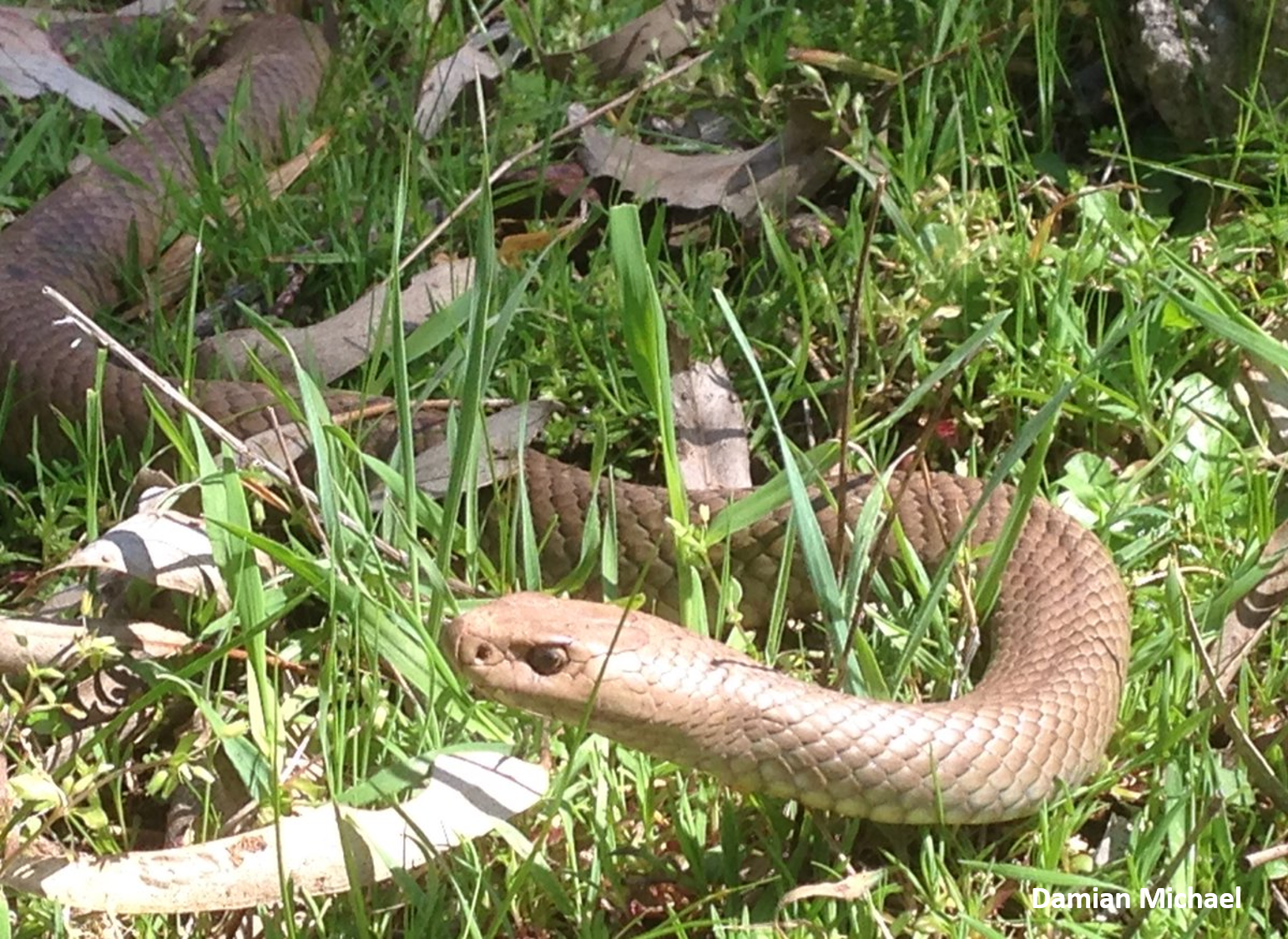
While dangerous to humans, the Eastern Brown Snake plays an important role in predatory-prey numbers in the woodlands.
Photo: Damian Michael
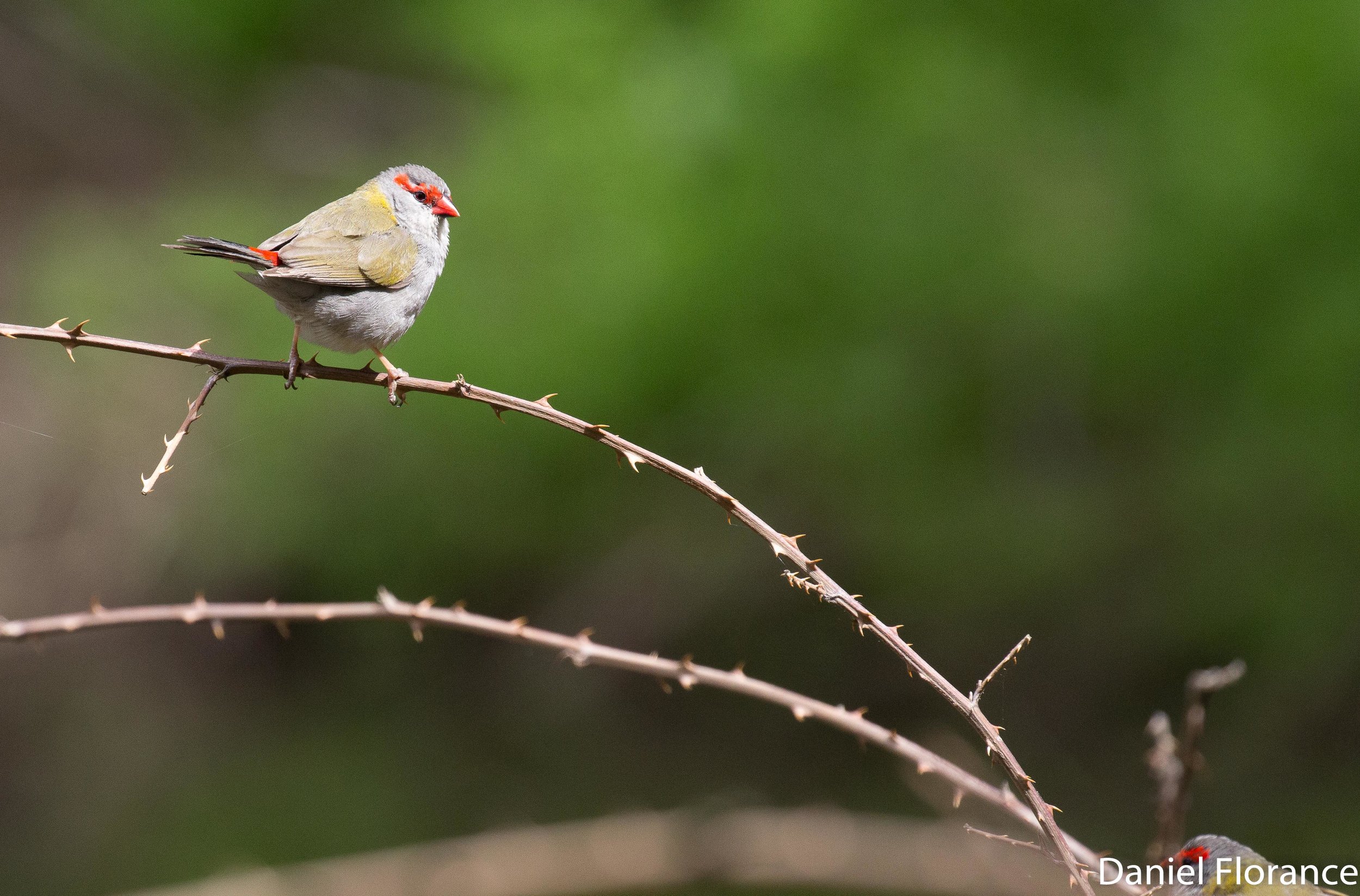
Foraging on the ground, Red-brow’s move in close-knit flocks, when if disturbed will depart as one with many high pitched alarm calls.
Photo: Dan Florance

Juvenile Brown Snake’s are just a venomous as adults and should be treated with a wide berth!
Photo: Mason Crane

This Black Kite circled me for the length of my reptile survey. I kept seeing its shadows drifting across the ground in front of me as I scanned the ground for reptiles.
Photo: Lachie McBurney.
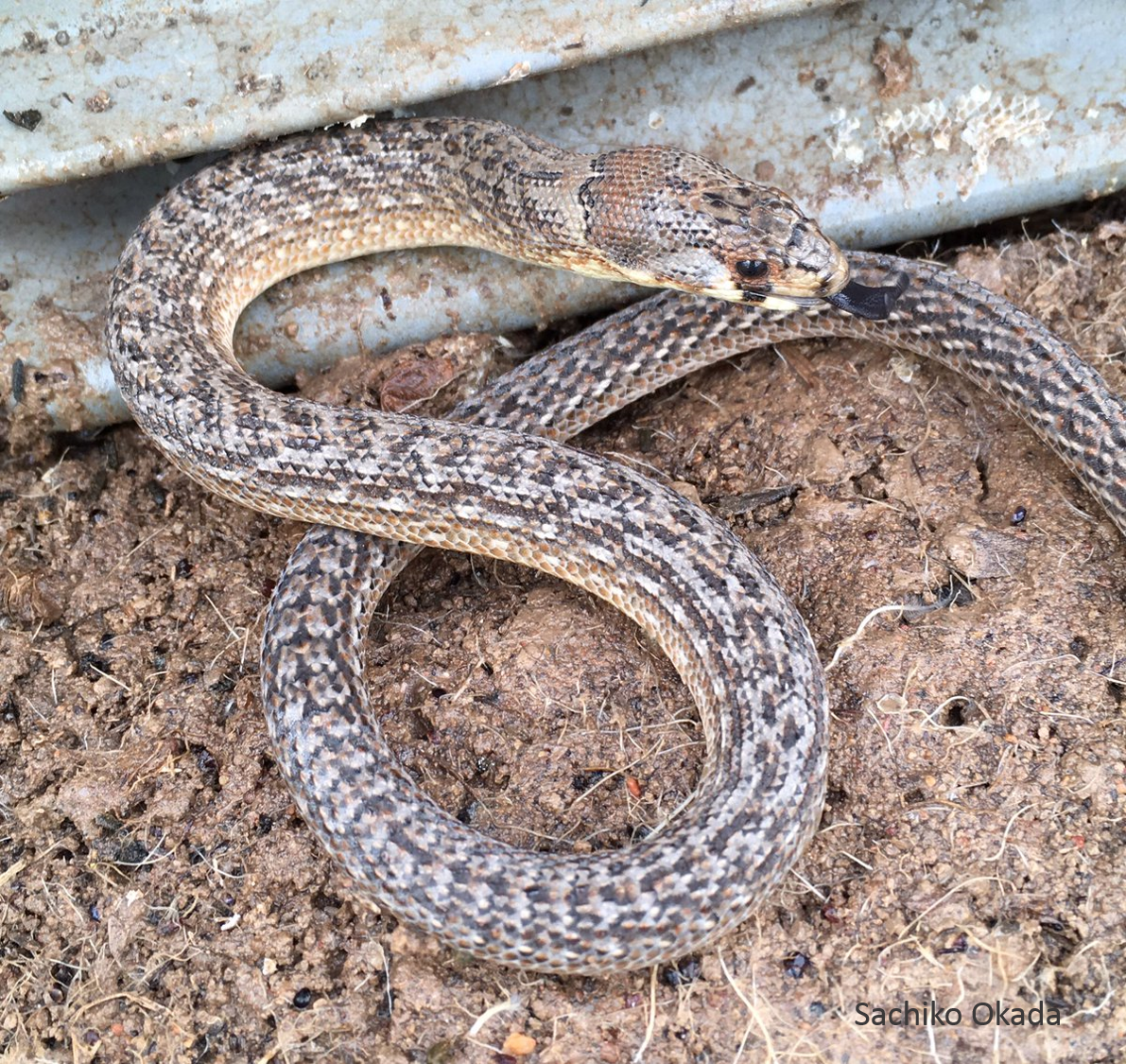
Hooded Scaly-foot can appear threatening, but are actually a harmless legless lizard.
Photo: Sachiko Okada
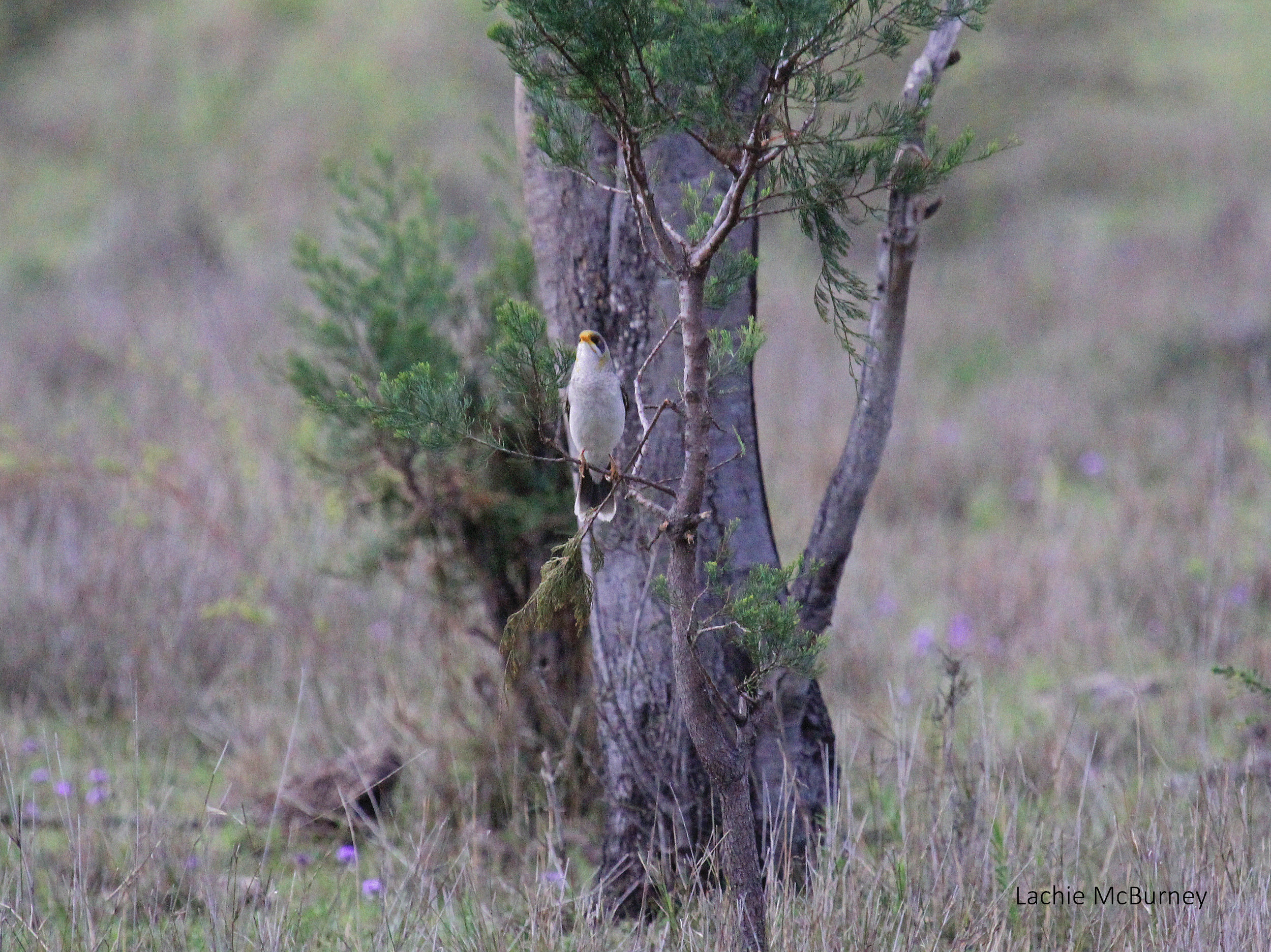
Yellow-thoated Miner are well adapted to fragmented habitats of semi-arid Australia.
Photo: Lachie McBurney.
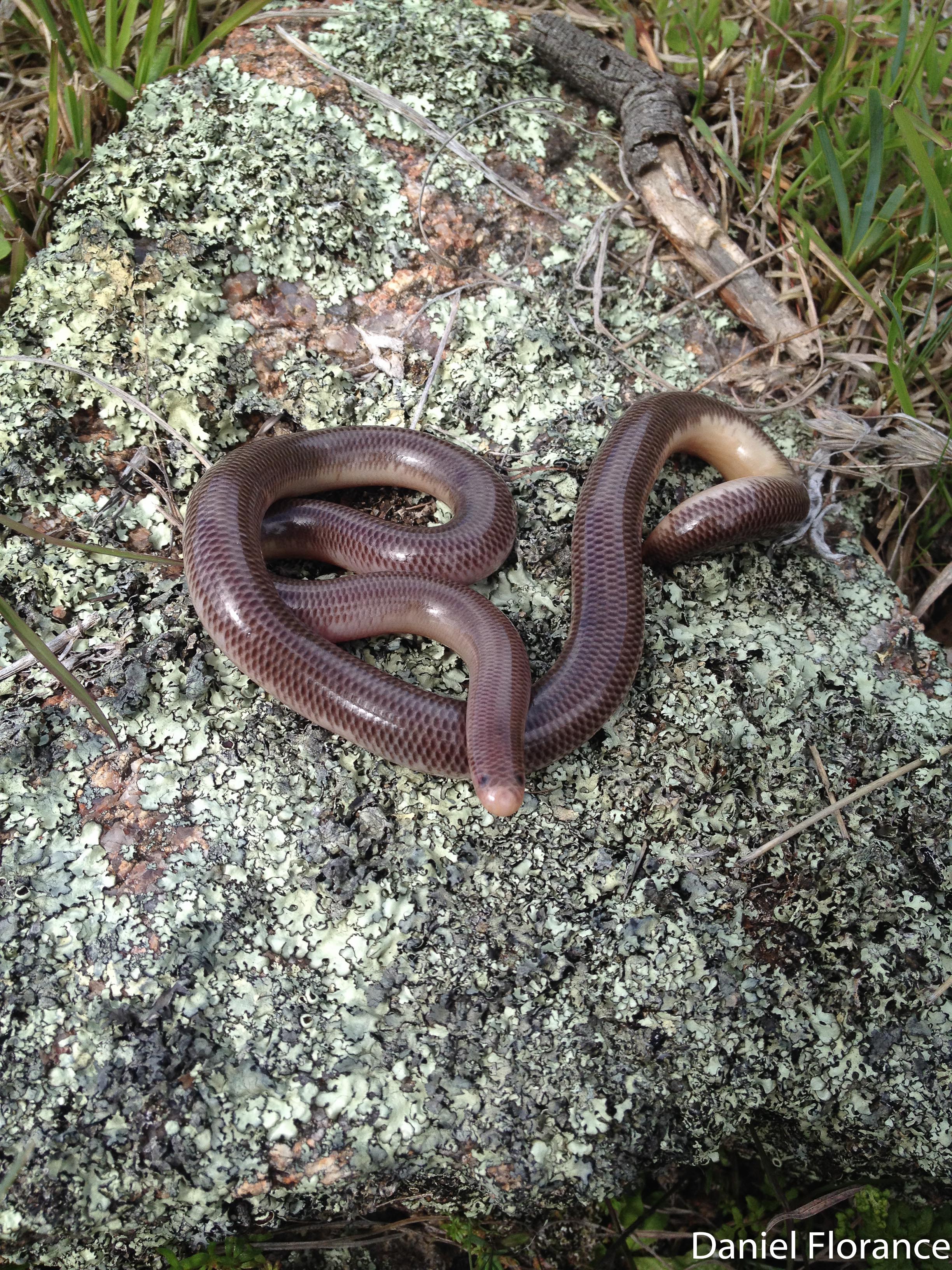
While many people aren’t fans of snakes, they may soften when they hear that the harmless Woodland Blind Snake feeds on the eggs, larvae and pupae of singing bulldog ants!
Photo: Dan Florance
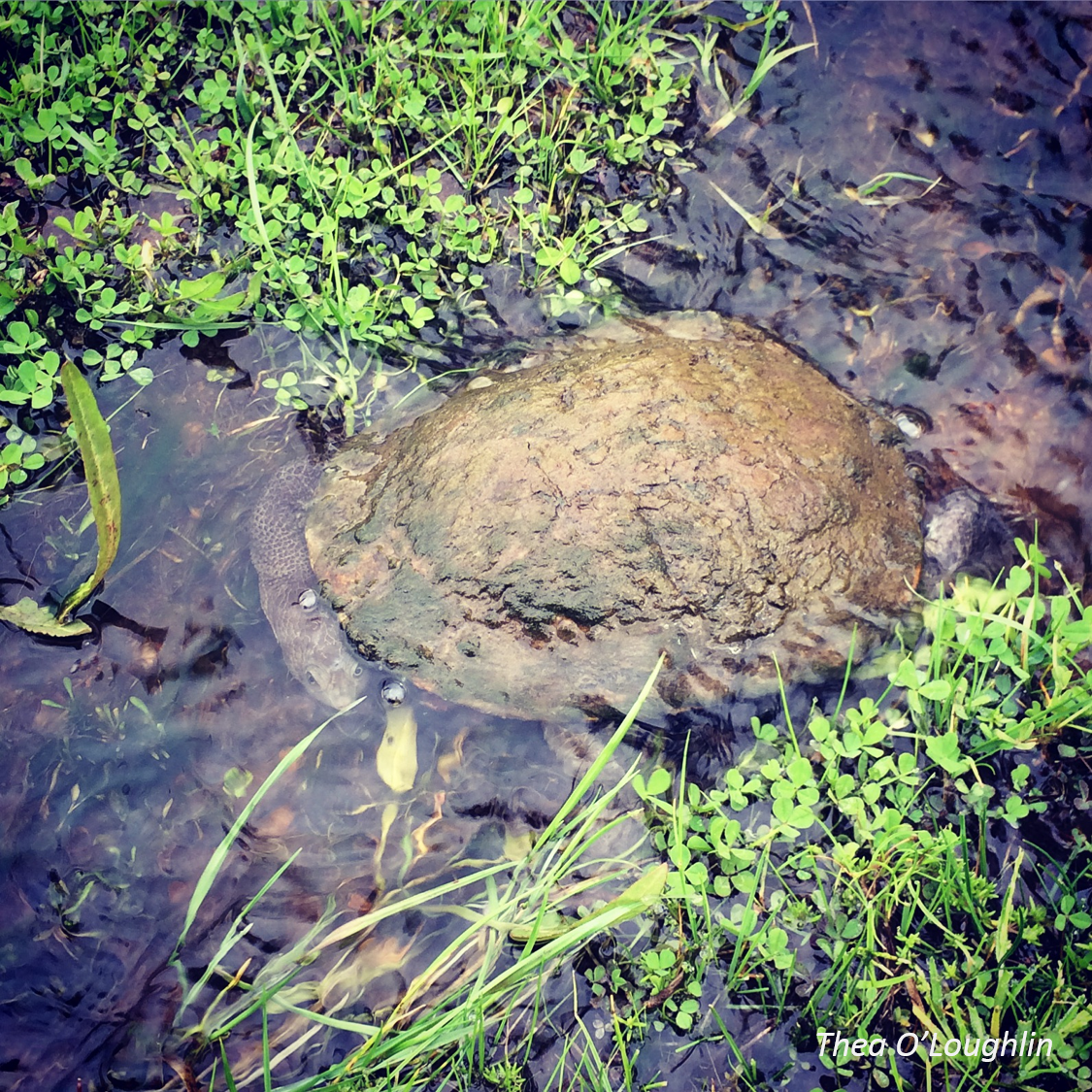
The Eastern Long-necked Turtle can sometimes be found far from apparent water.
Photo: Thea O'Loughlin.
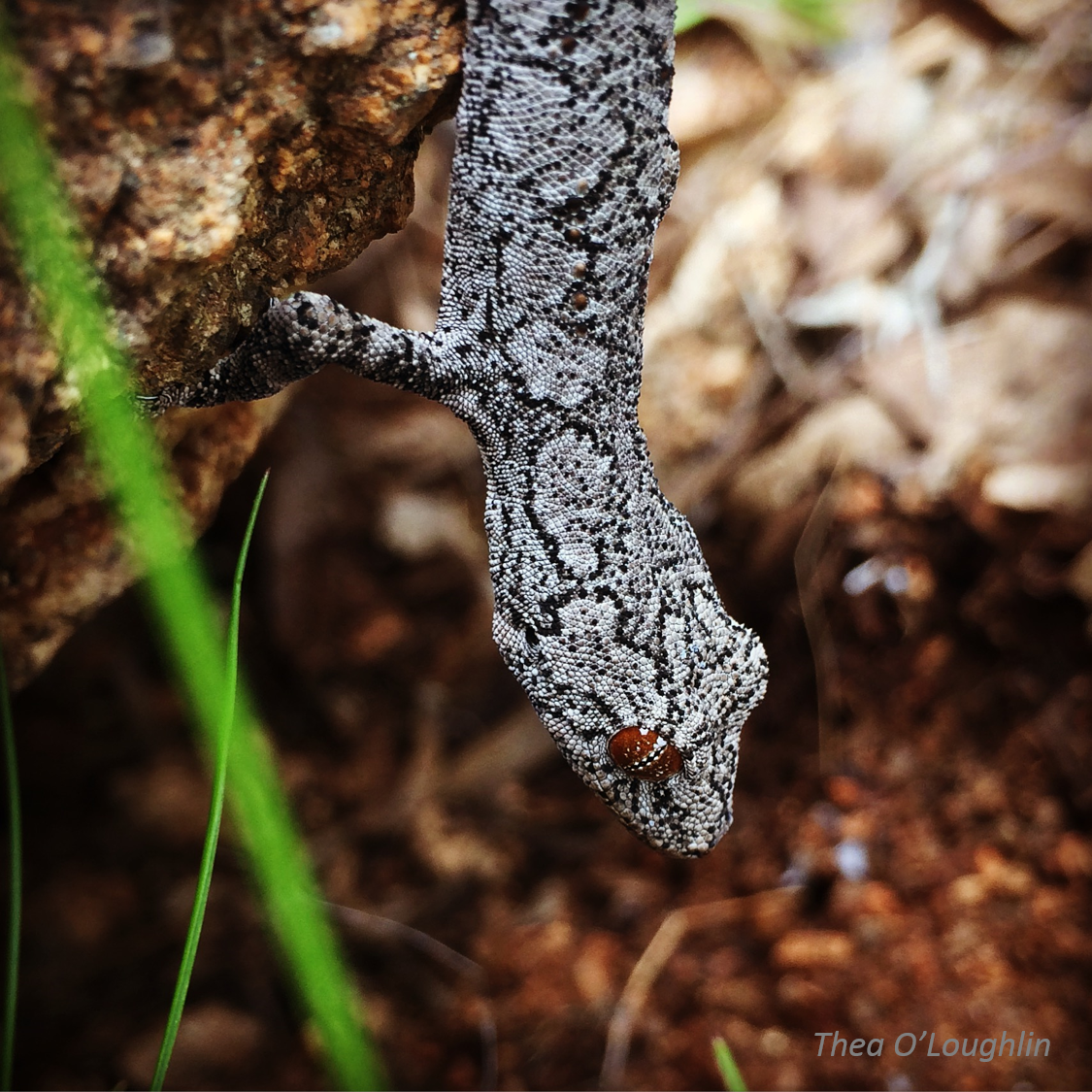
Spiny-tailed Gecko have protruding spines called terbercles which help identify them.
Photo: Thea O'Loughlin.
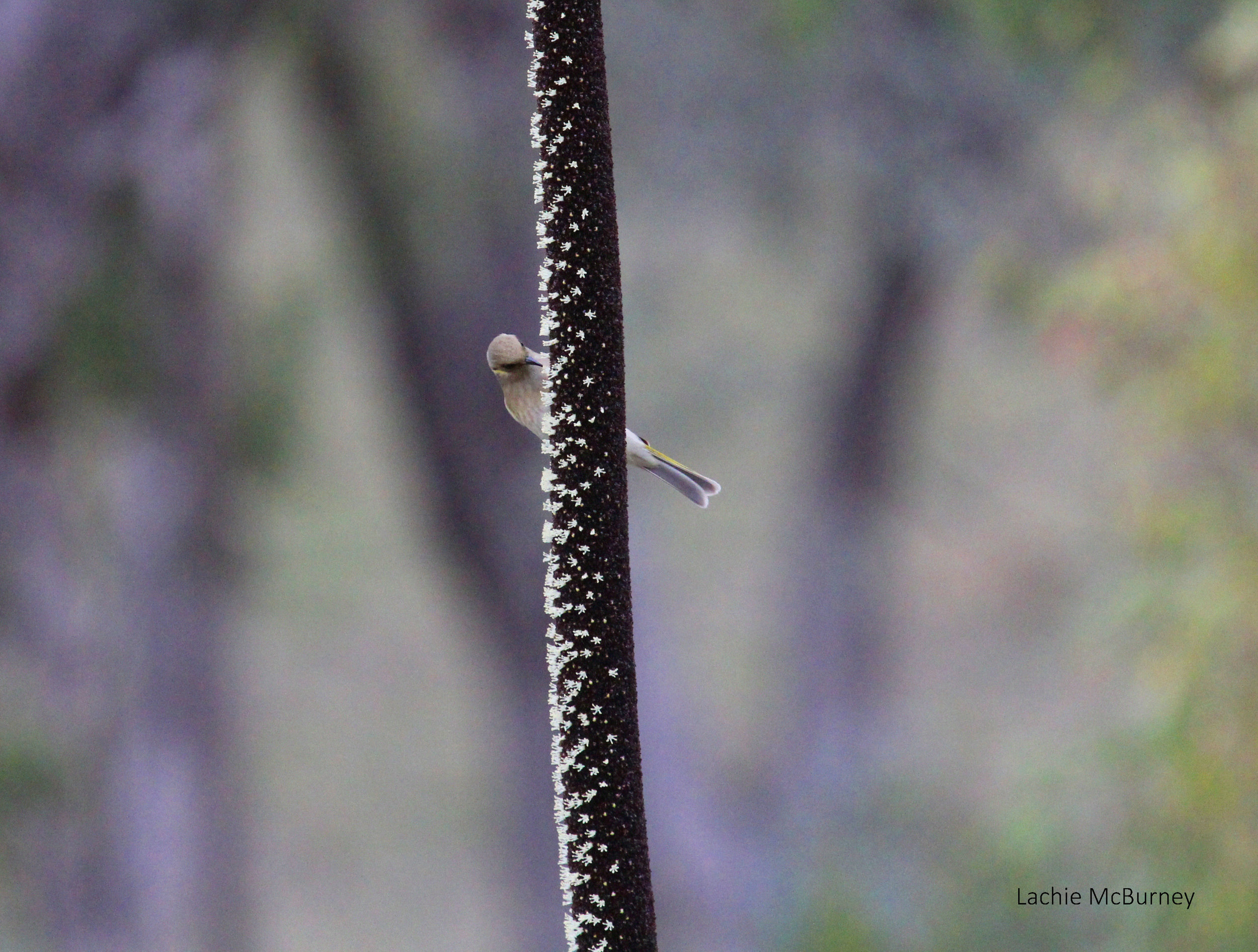
Fuscous Honeyeater feeds on the flowering spike of a grass tree.
Photo: Lachie McBurney.
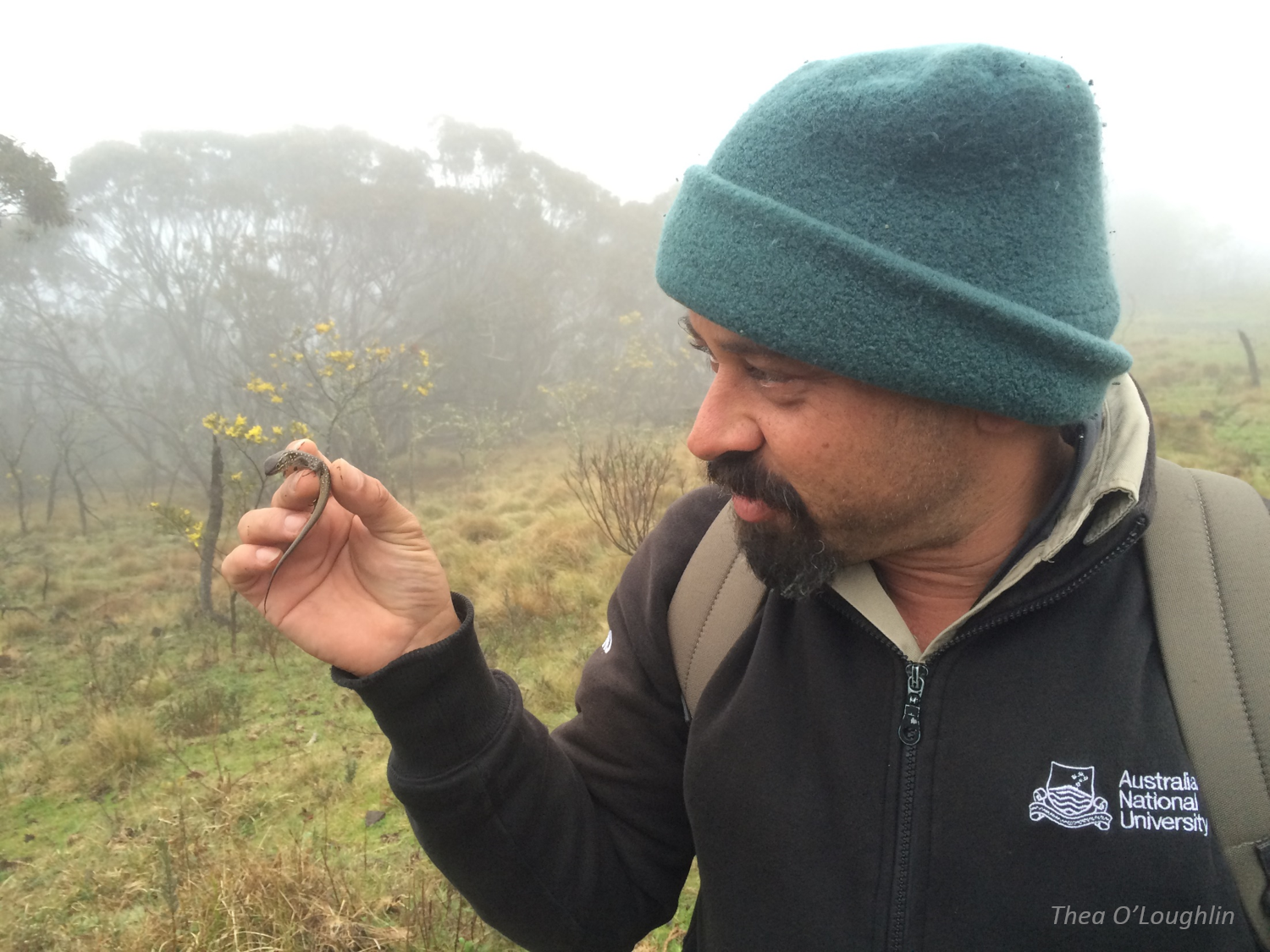
Damian Michael inspects a White’s Skink he found sheltering under a rock.
Photo: Thea O'Loughlin.
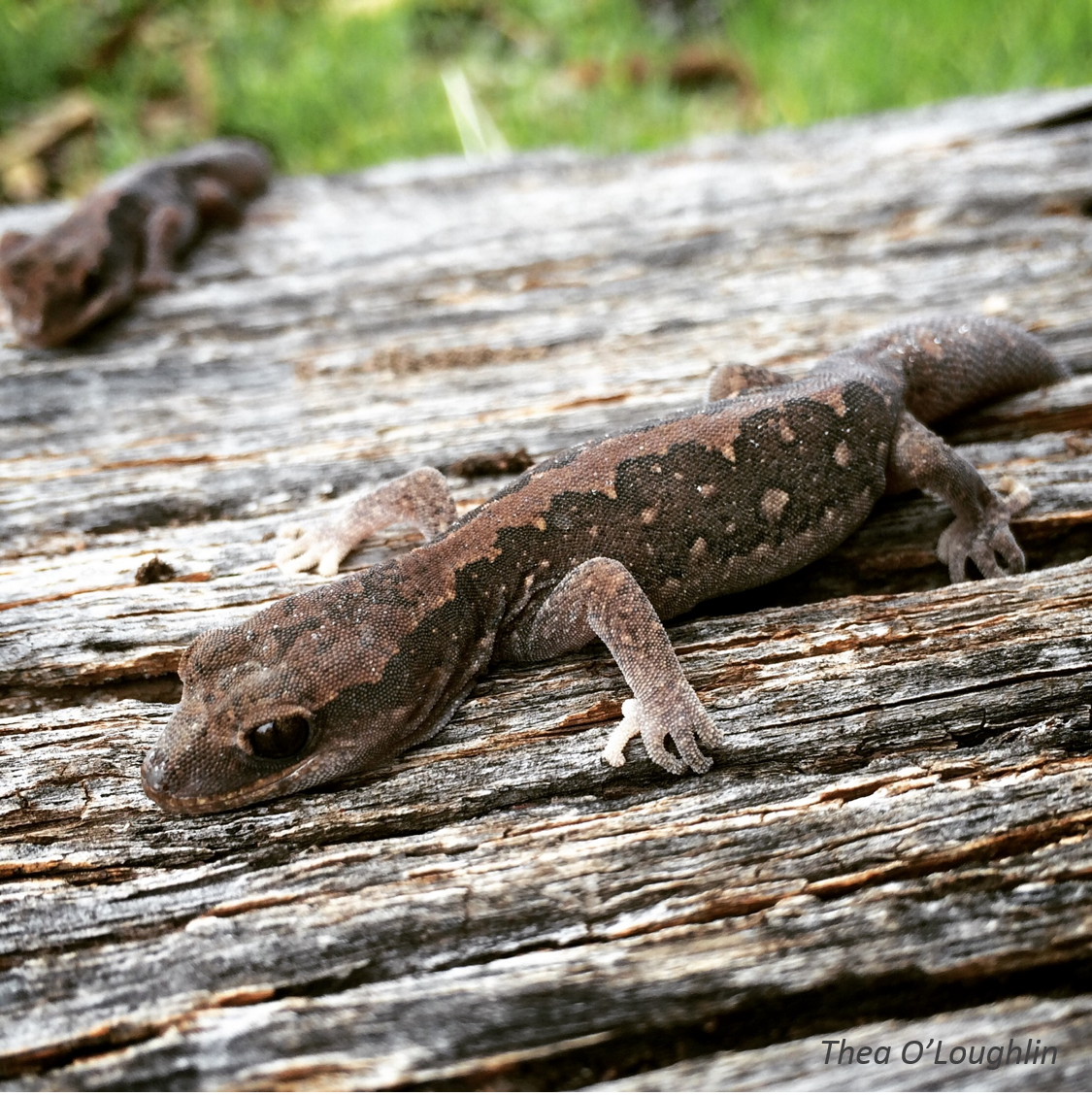
Eastern Stone Gecko show that they are equally at home amongst a bit of timber.
Photo: Thea O'Loughlin.

Fallen timber provide shelter and foraging areas for many species of fauna.
Photo: Dave Blair.

A Giant Banjo Frog sleeps under a piece of corrugated iron.
Photo: Thea O'Loughlin.

I spotted this Brolga near one of our monitoring plots and stopped for a look. A car pulled over for a chat and the driver was the property owner who pointed out the second of the pair, on a nest nearby! Nothing like some local interpretation.
Photo: Lachie McBurney.
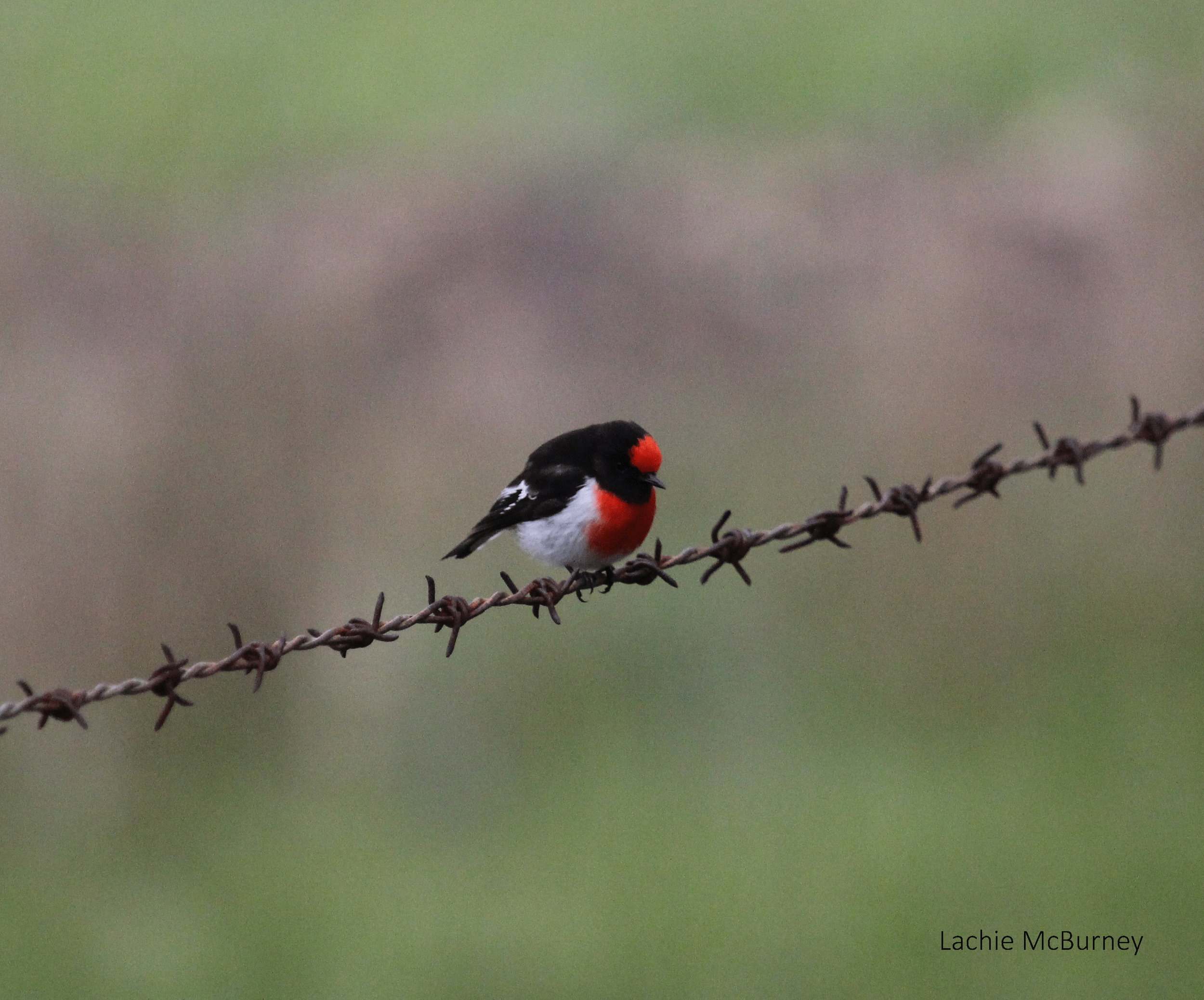
Red-capped Robins are always a delight, added this to an enormous photo collection of “birds on fences”.
Photo: Lachie McBurney.

This Brown Treecreeper was hard to spot from a distance, but its loud “spink” call gave it away.
Photo: Lachie McBurney.
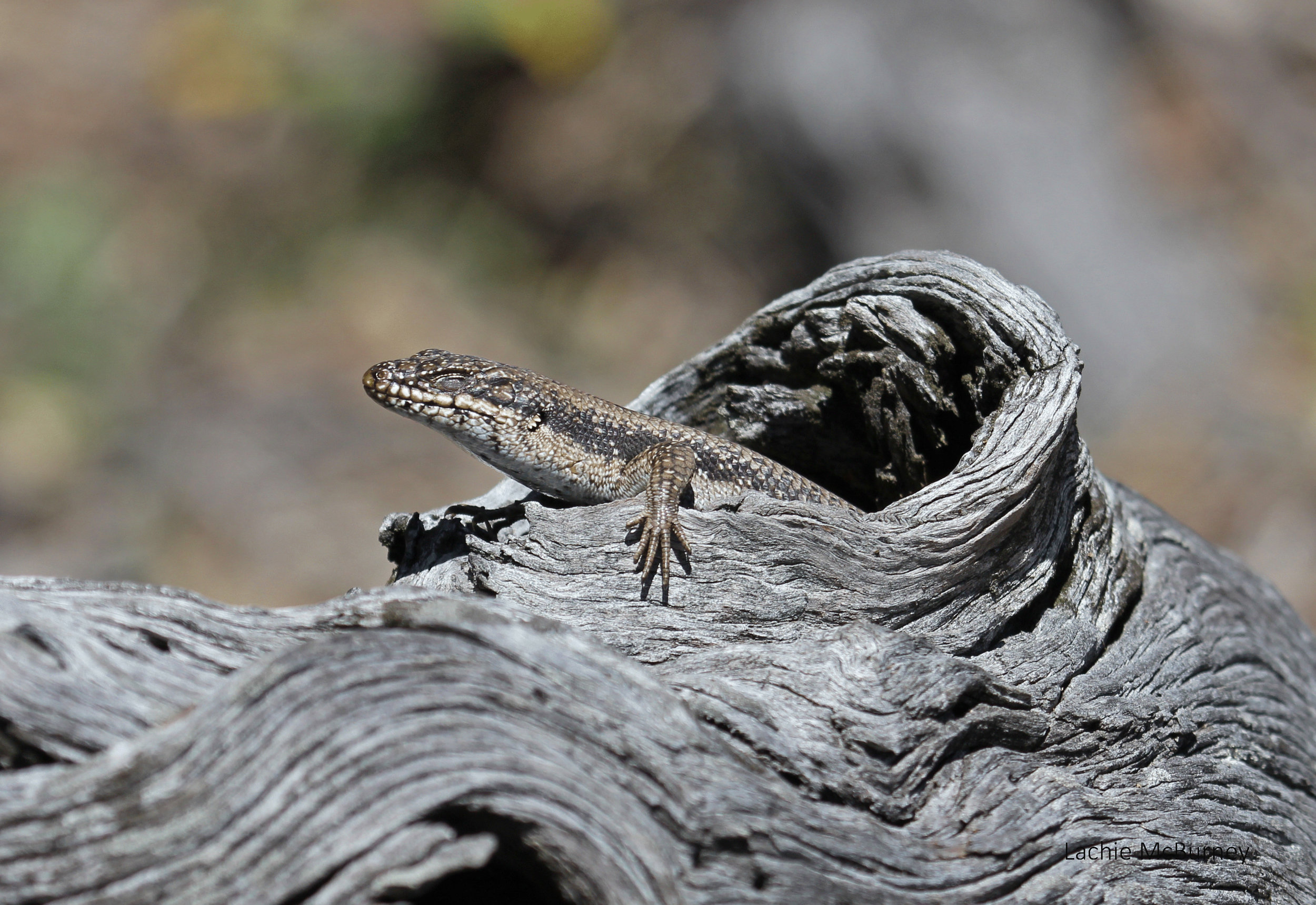
This Tree Crevice Skink was doing its best log impersonation.
Photo: Lachie McBurney.

The Curl Snake is another example of a small brown coloured snake which is often mistaken for a Brown Snake.
Photo: Thea O'Loughlin.
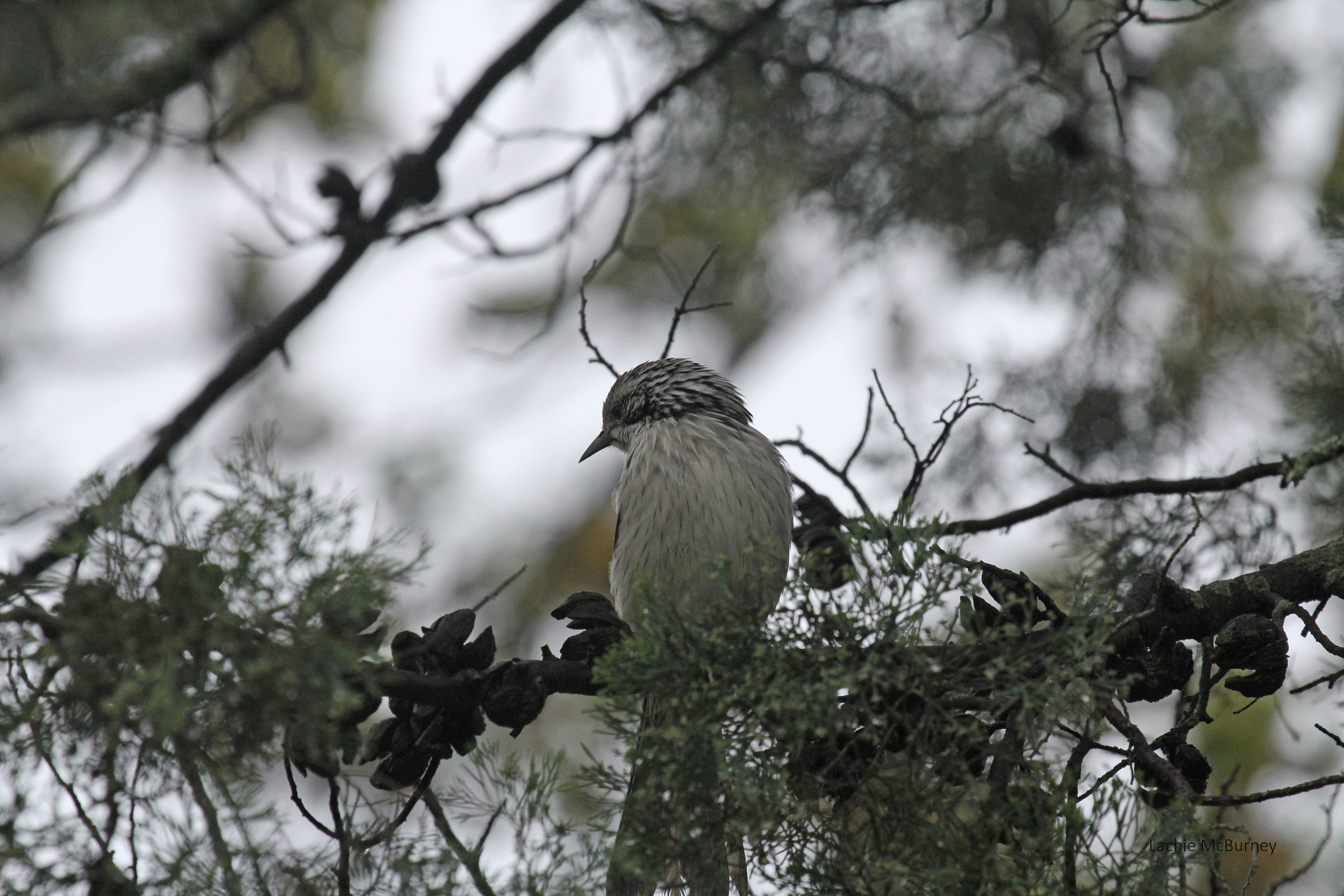
One of a pair I saw having an early morning bath in the water droplets on the ends of foliage nearby to their amazing nest (see next pic).
Photo: Lachie McBurney.

Nest, complete with Striped Honeyeater tail!
Photo: Lachie McBurney.
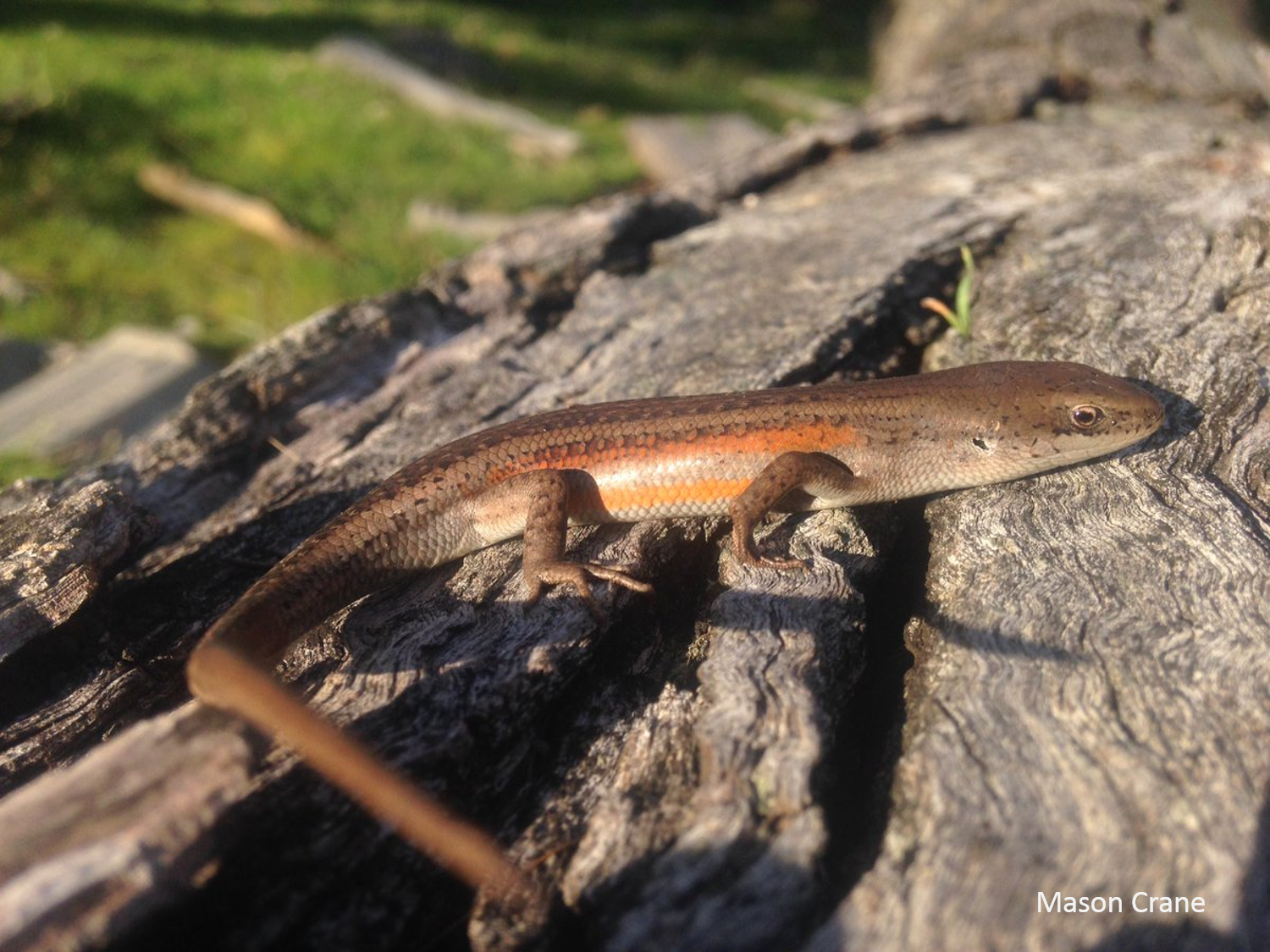
The Southern Rainbow Skink is a vibrant common skink, with males showing orange and aqua stripes down their side when breeding.
Photo: Mason Crane
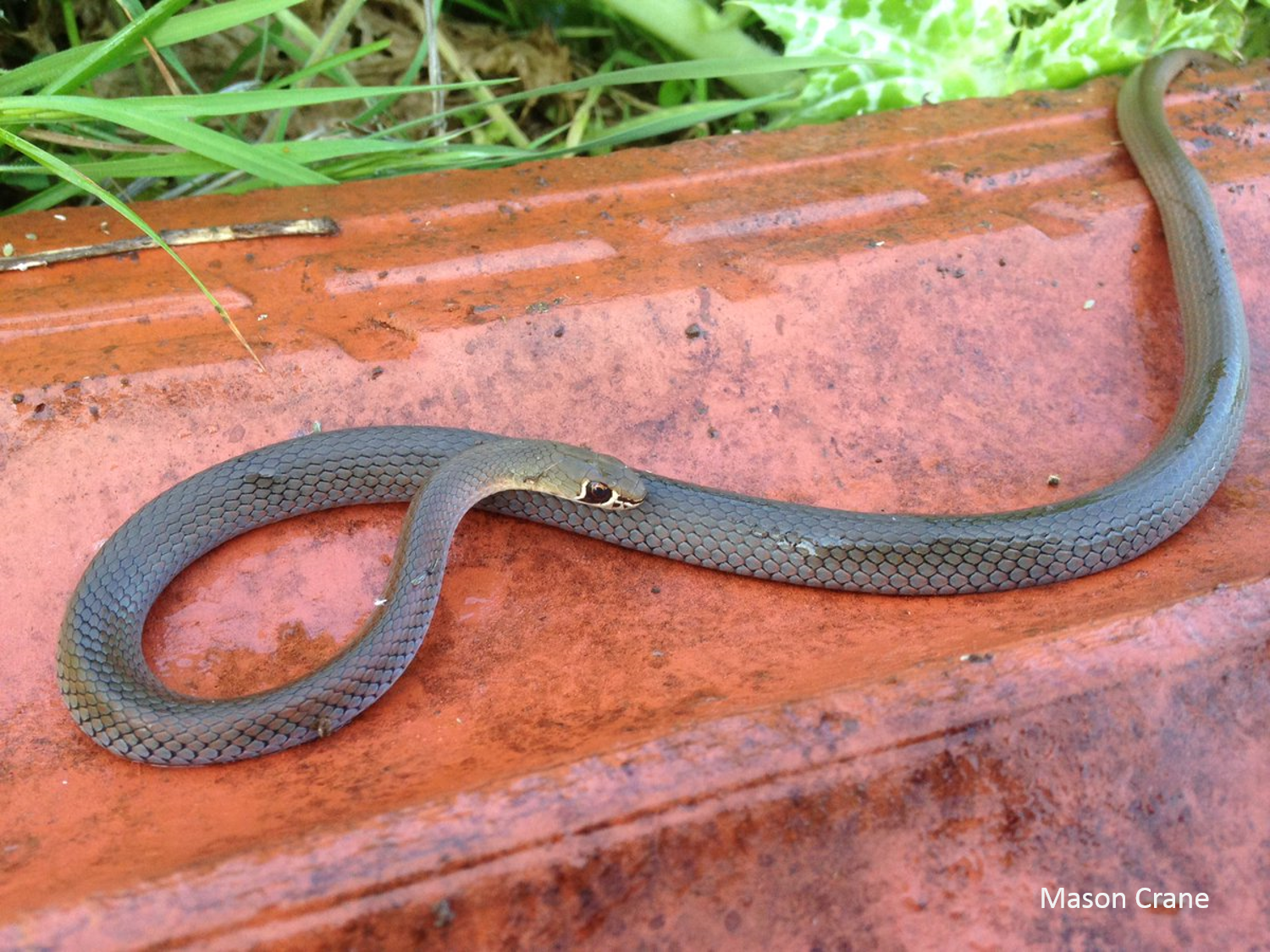
The Yellow-faced Whipsnake has brilliant eyesight, which help it to hunt fast moving skink species during the day.
Photo: Mason Crane
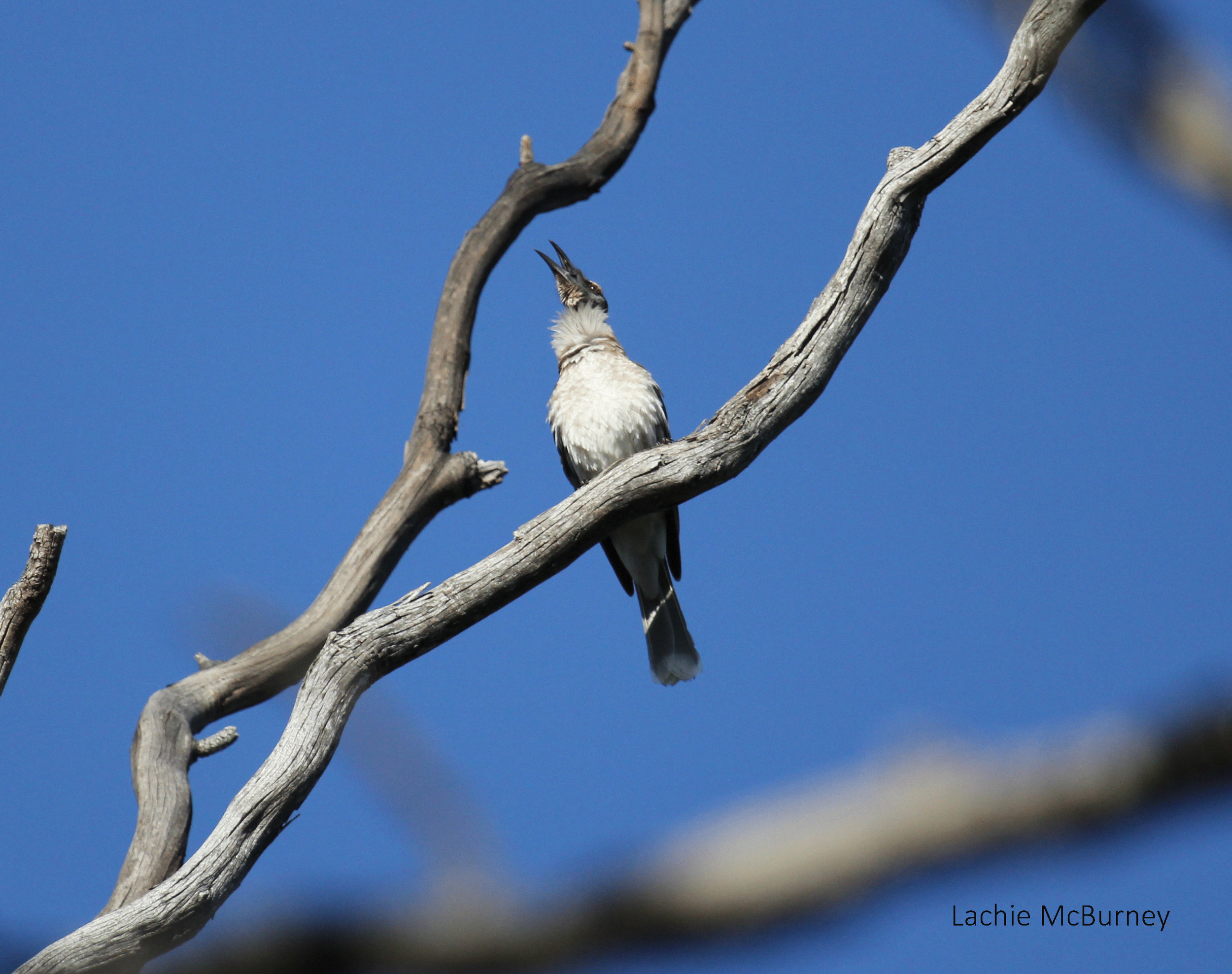
Noisy Friarbird living up to its reputation.
Photo: Lachie McBurney.

The Peron's Tree Frog can change colour from a pale green-grey to a reddish brown with emerald green flecks.
Photo: Dan Florance
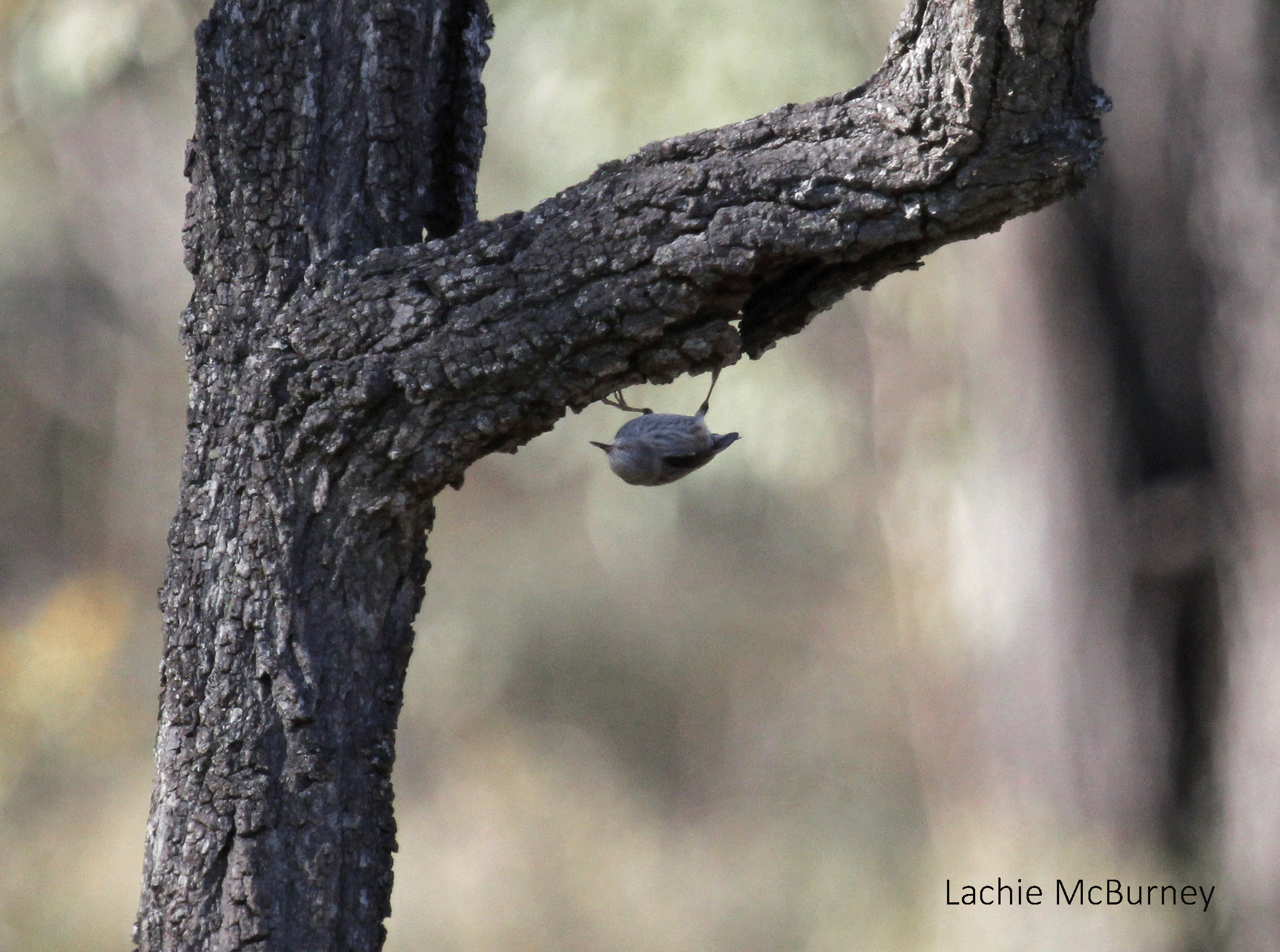
Do not adjust your set. A Varied Sittela in motion upside down as it busily bounced around our monitoring site. Rarely still for a good photo op!
Photo: Lachie McBurney.
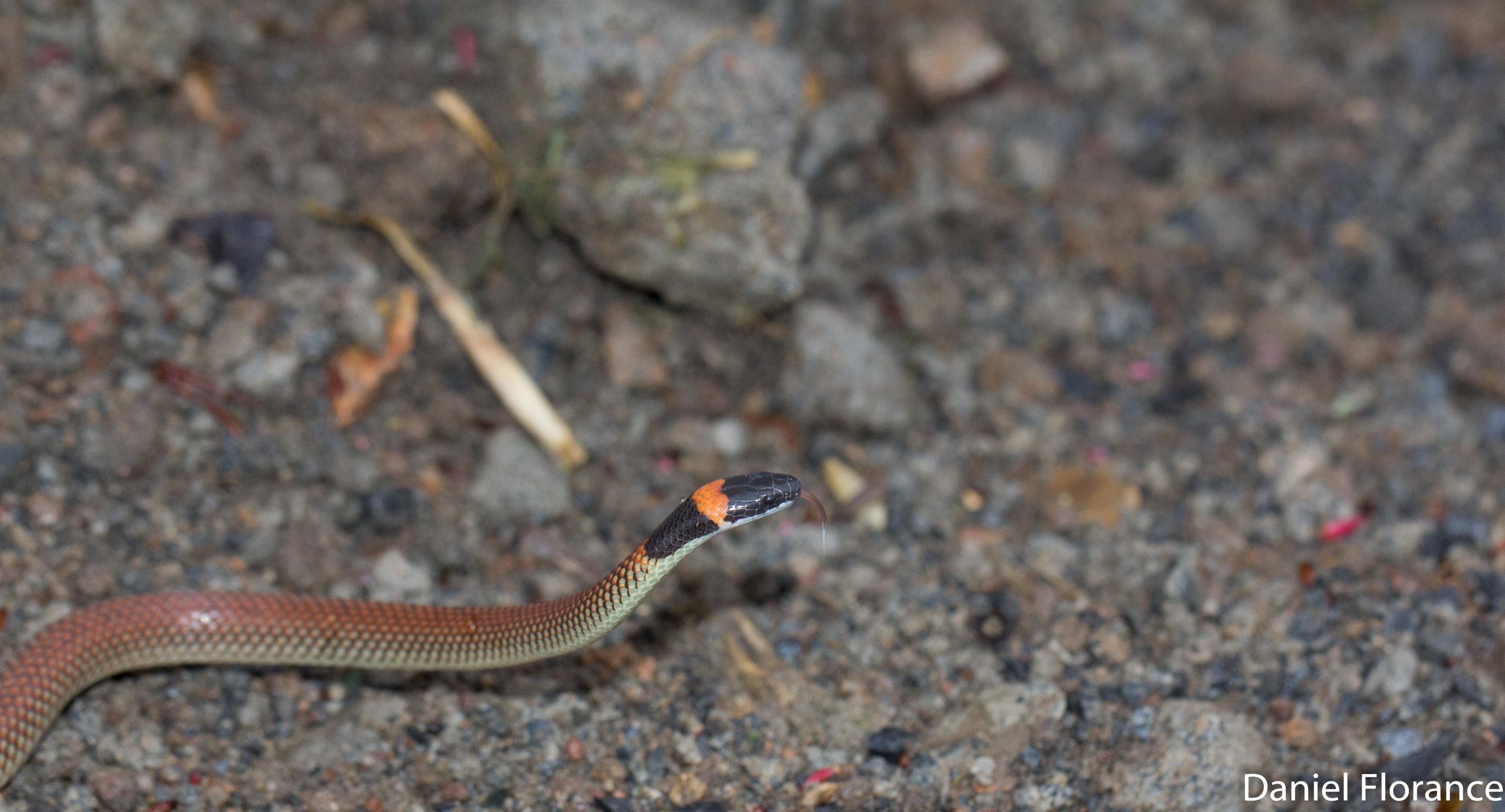
Red-naped Snake is a small venomous snake easily identified by the red markings on the back of its neck.
Photo: Dan Florance

Speckled Warbler doing its raspy alarm call.
Photo: Lachie McBurney.
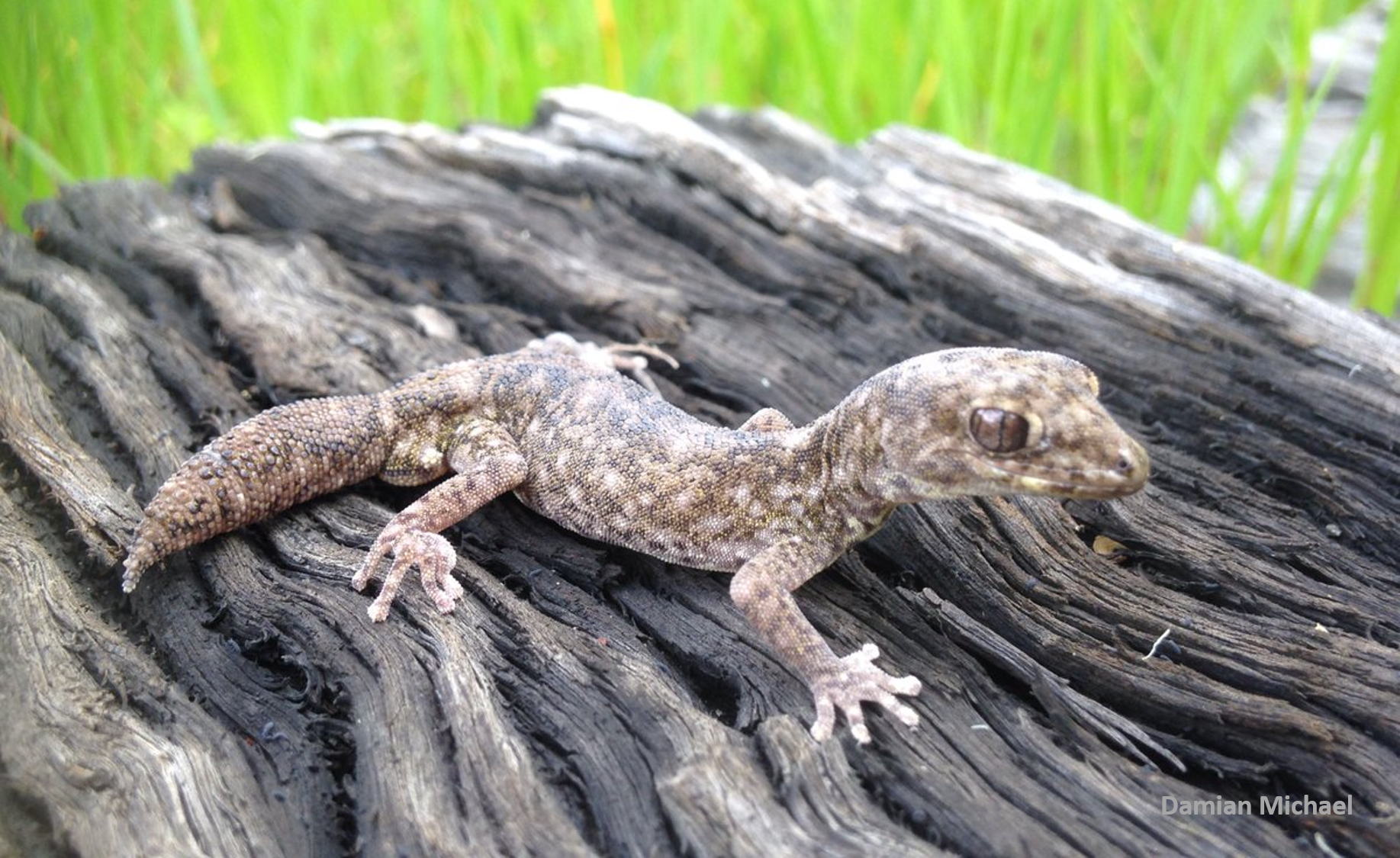
The Tessellated Gecko usually shelters in soil cracks during the day.
Photo: Damian Michael

Much of the remaining 5% of critically endangered Box Gum Grassy Woodland occurs on private land with private landholders (mainly primary producers) undertaking environmental stewardship through responsible land management in many areas.
Photo: Dan Florance
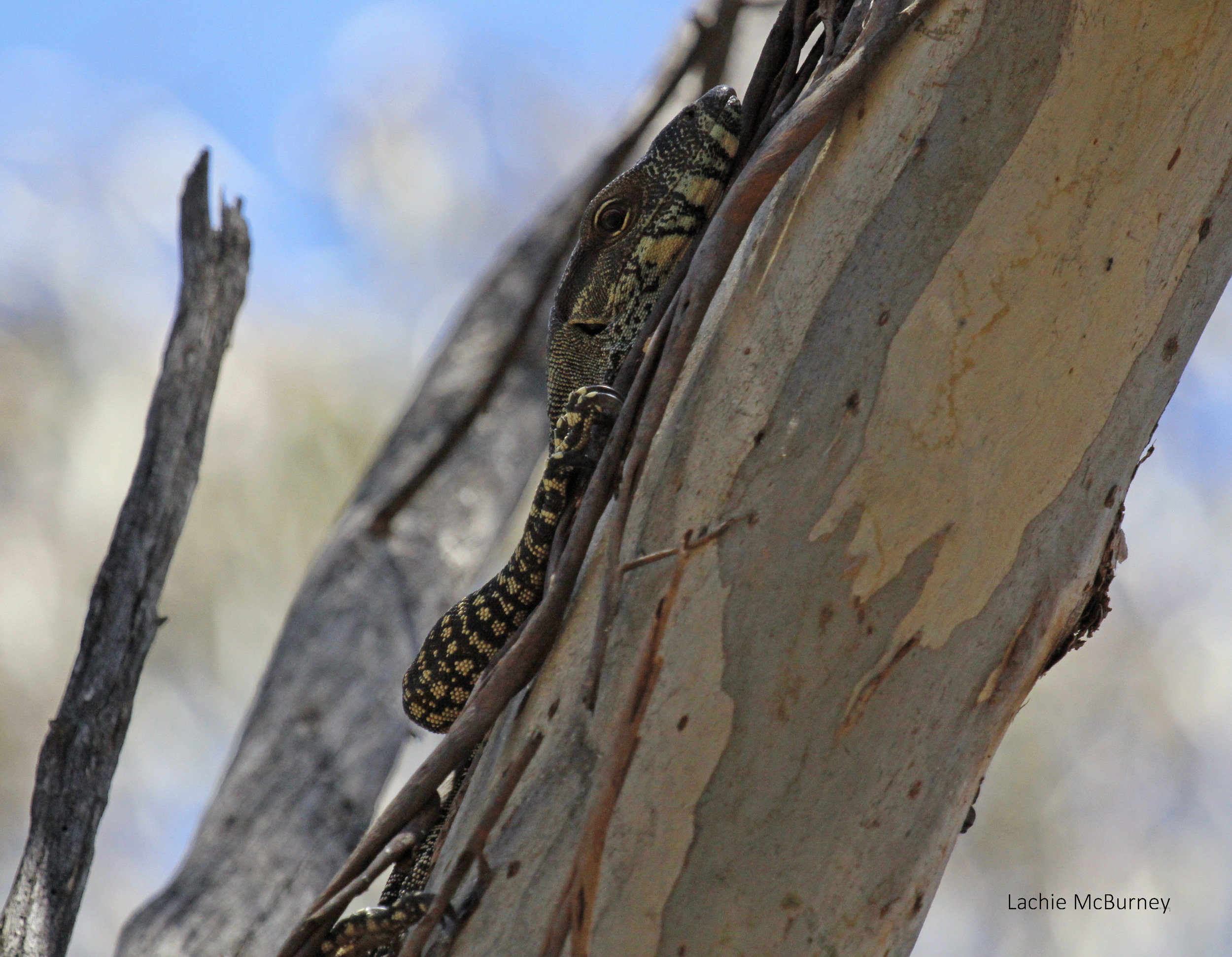
Lace Monitor assessing my tree climbing potential with smug satisfaction.
Photo: Lachie McBurney.
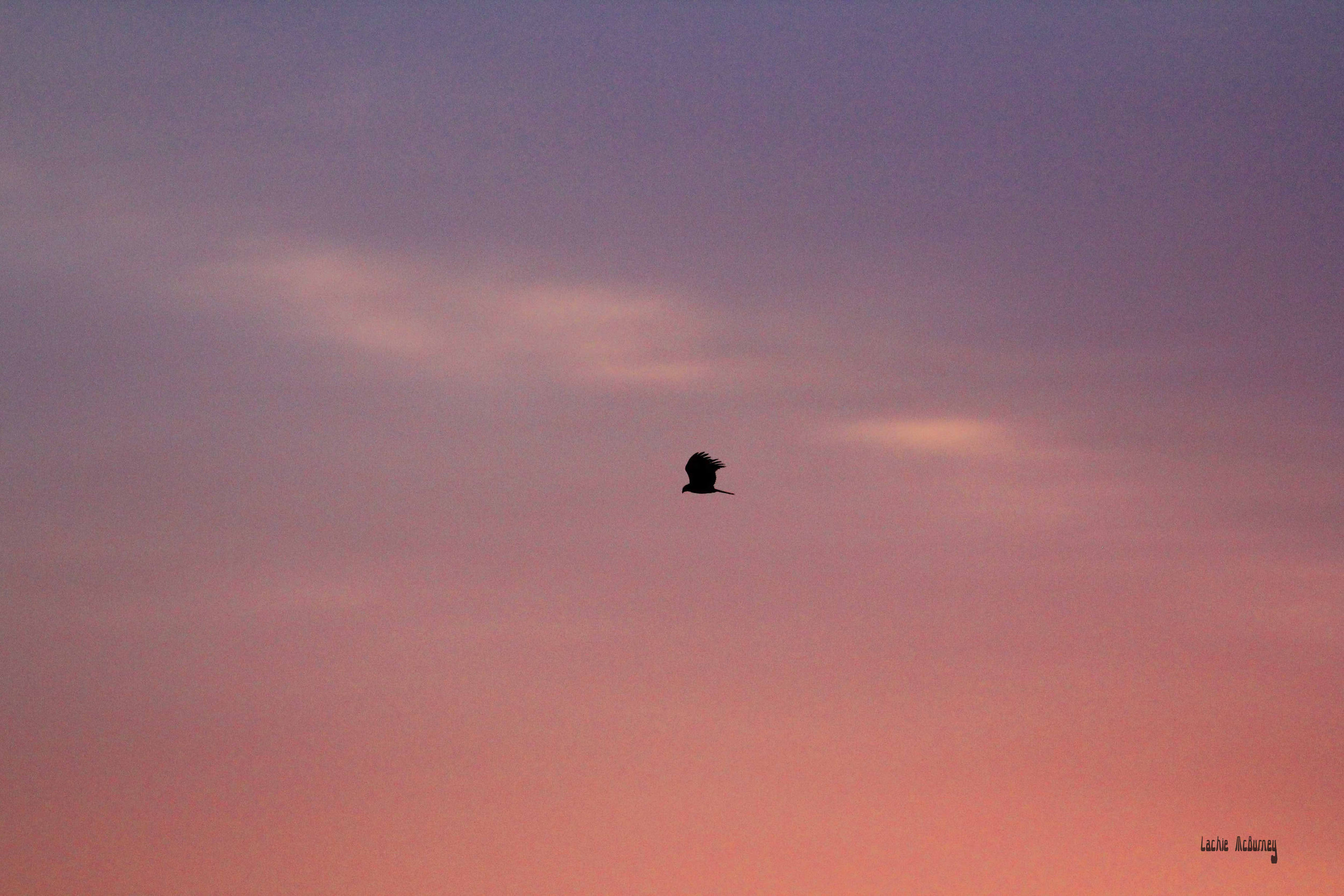
When a site gets suddenly noisy with the alarm calls of birds, look to the skies for raptors!
Photo: Lachie McBurney.

Eastern Long-necked Turtle can have a menacing stare!
Photo: Mason Crane
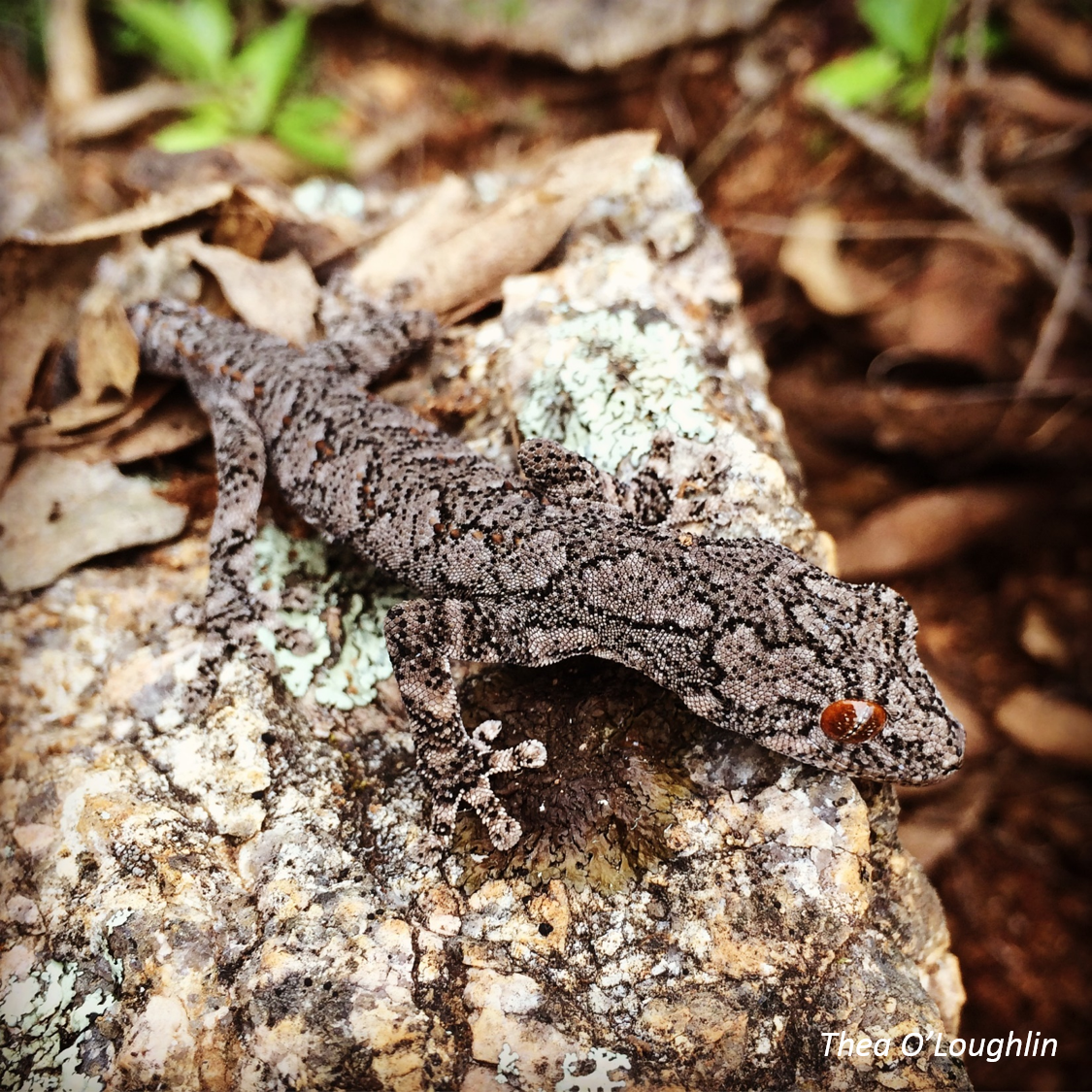
Spiny-tailed Gecko are often associated with lots of rocks on a site.
Photo: Thea O'Loughlin.
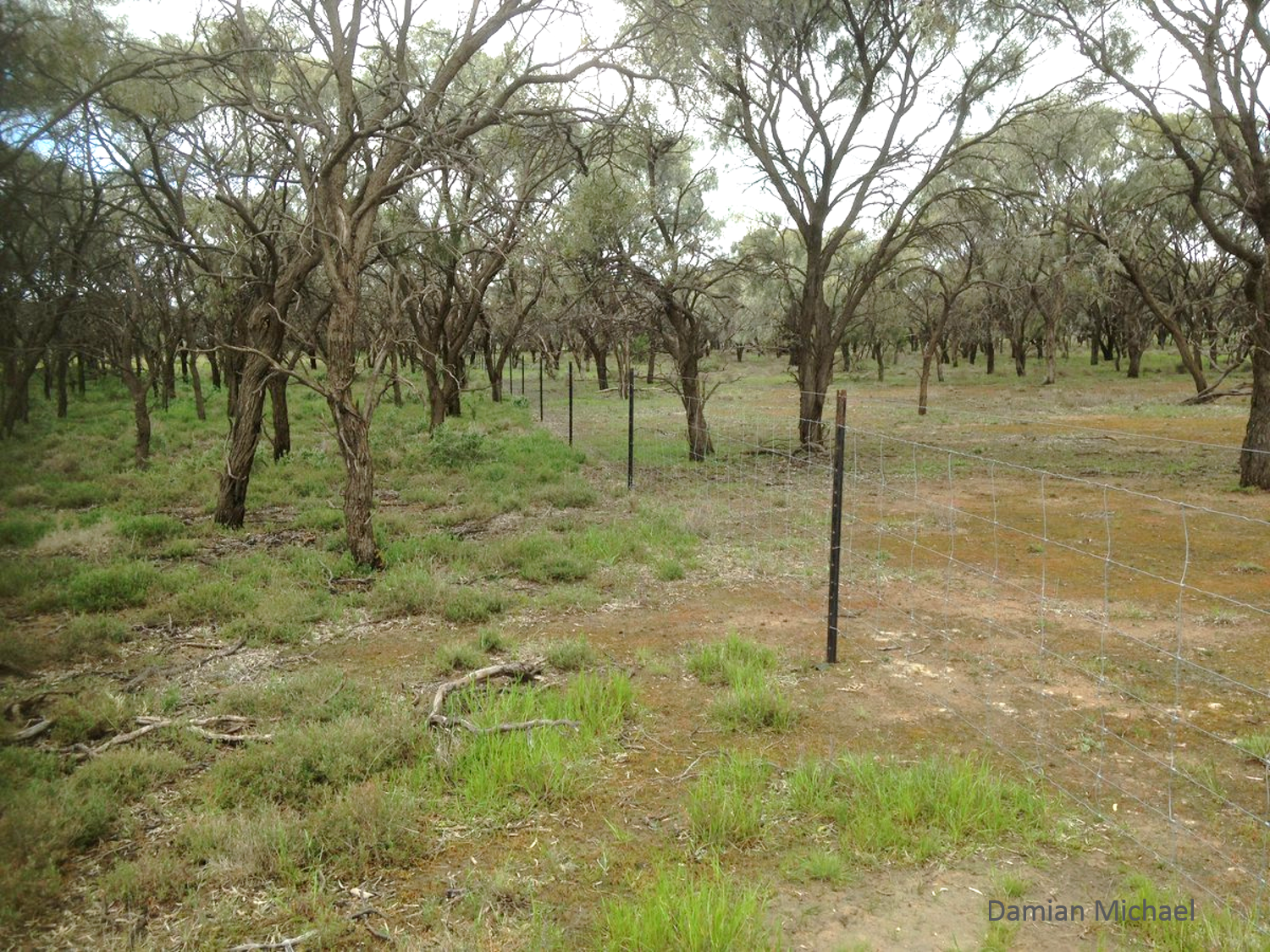
This fenced off this Boree patch in 2010 by Local Land Services is a great example of grazing management.
Photo: Damian Michael

A rock-dwelling species, bush-rock removal can have a negative impact on the Eastern Stone Gecko.
Photo: Mason Crane
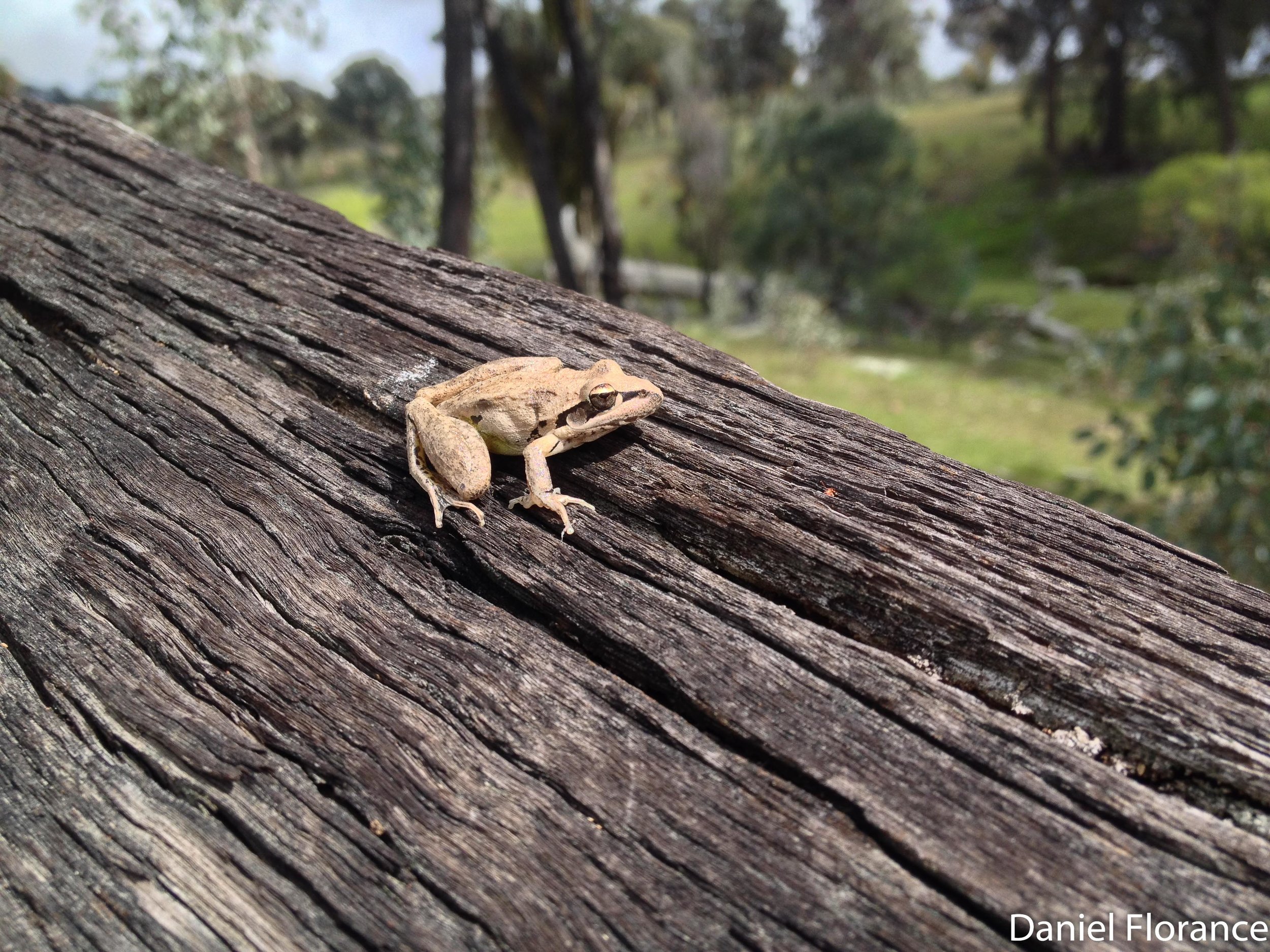
While the Broad-palmed Frog can be found foraging in leaf litter by night, this individual was found sheltering during the day under one of our artificial substrate monitoring points.
Photo: Dan Florance

Dwyer’s Snake is one of the few species which can tolerate lower temperatures and be active during the winter months.
Photo: Mason Crane

One of the wettest September of records has drenched the Cowra region, turning it a lush green.
Photo: Dan Florance
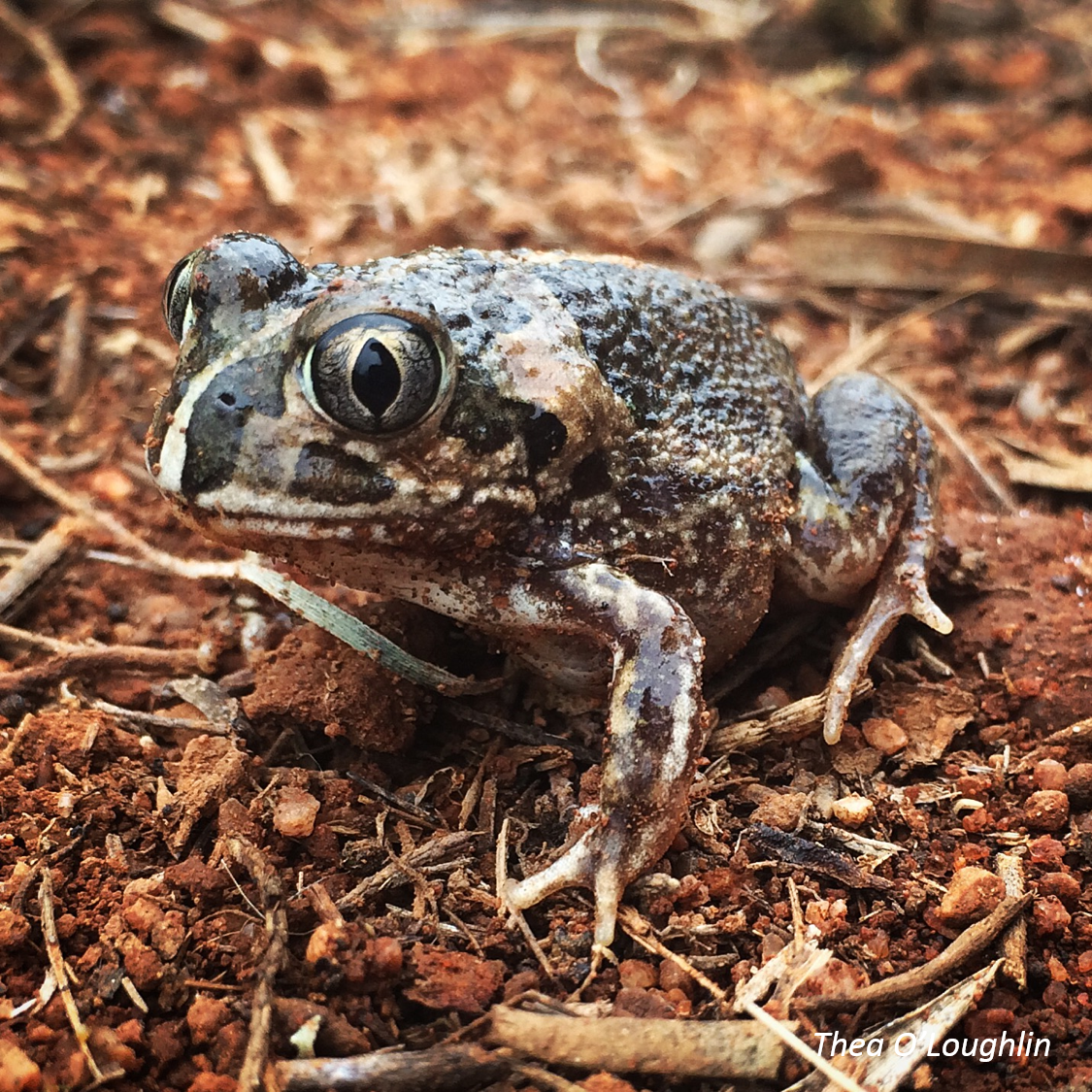
Sudel’s Frog can often be found in open ground after rain.
Photo: Thea O'Loughlin.
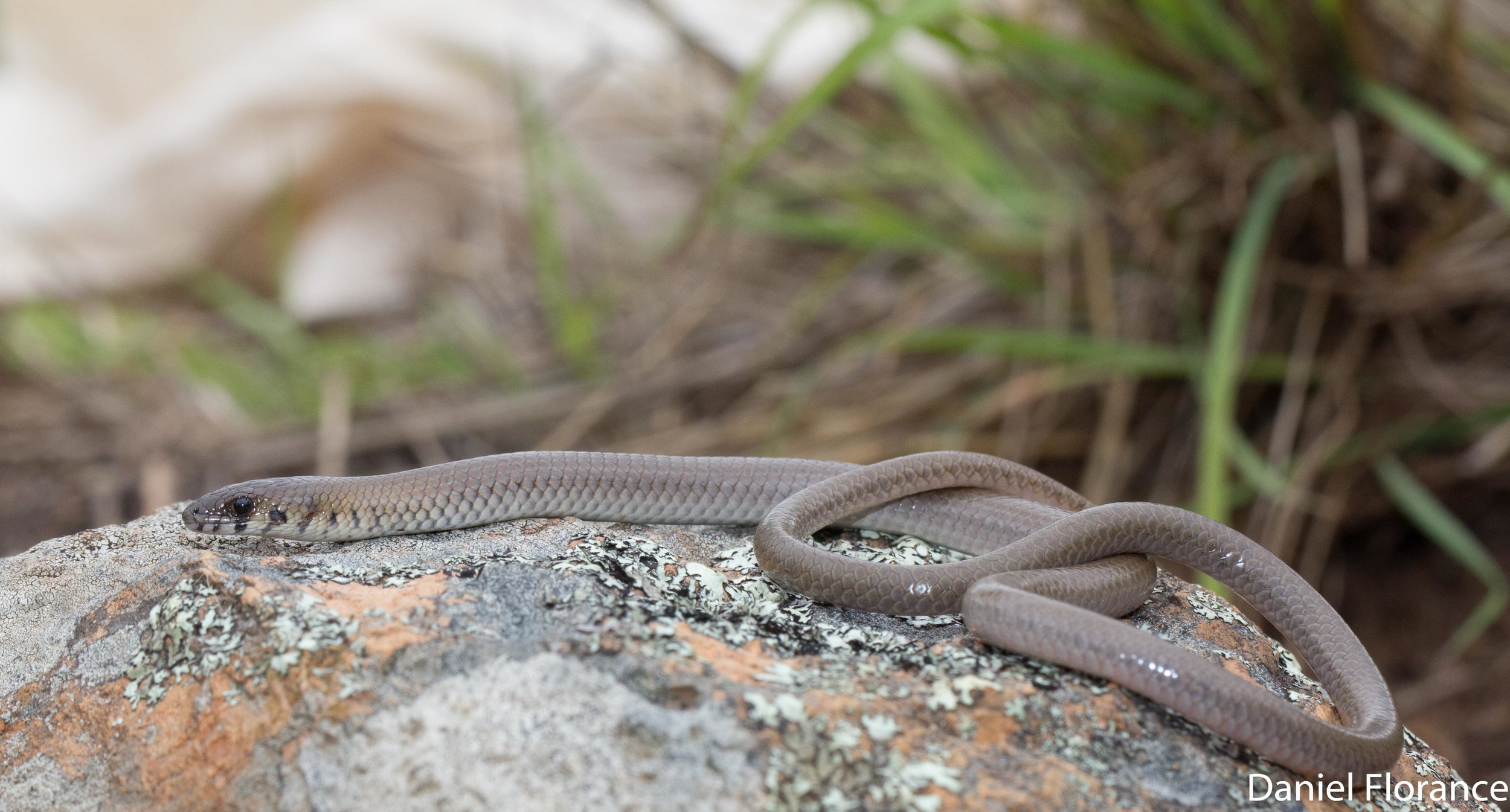
Due to its cryptic nature and nocturnal movement the Leaden Delma is not often seen, but can be found under their daytime refuges.
Photo: Dan Florance
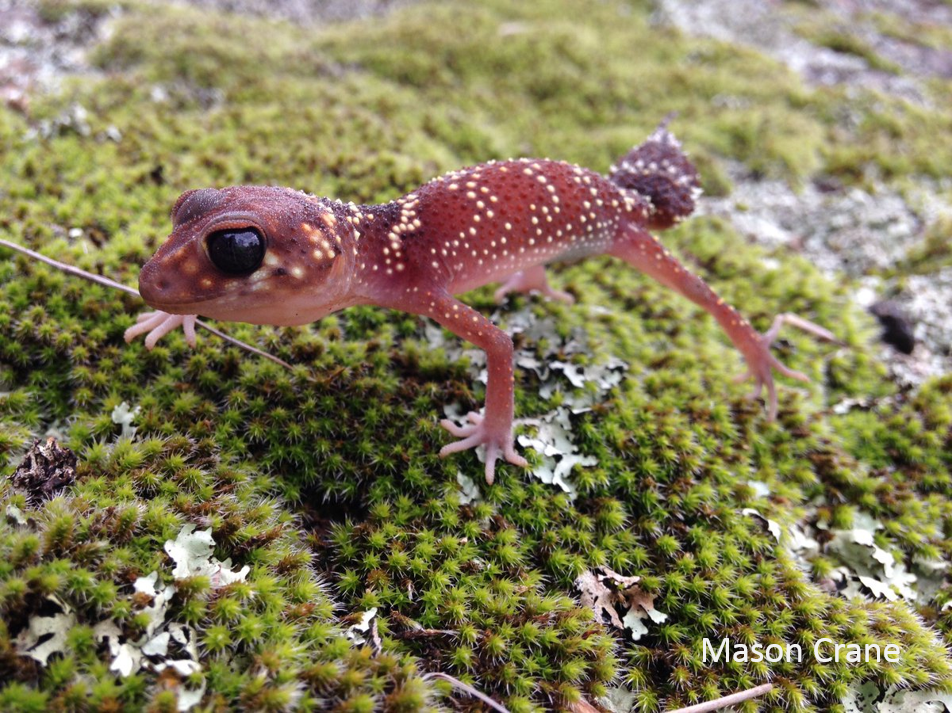
When threatened the Thick-tailed Gecko emits a croaking sound, which lends to it’s other name, the Barking Gecko.
Photo: Mason Crane
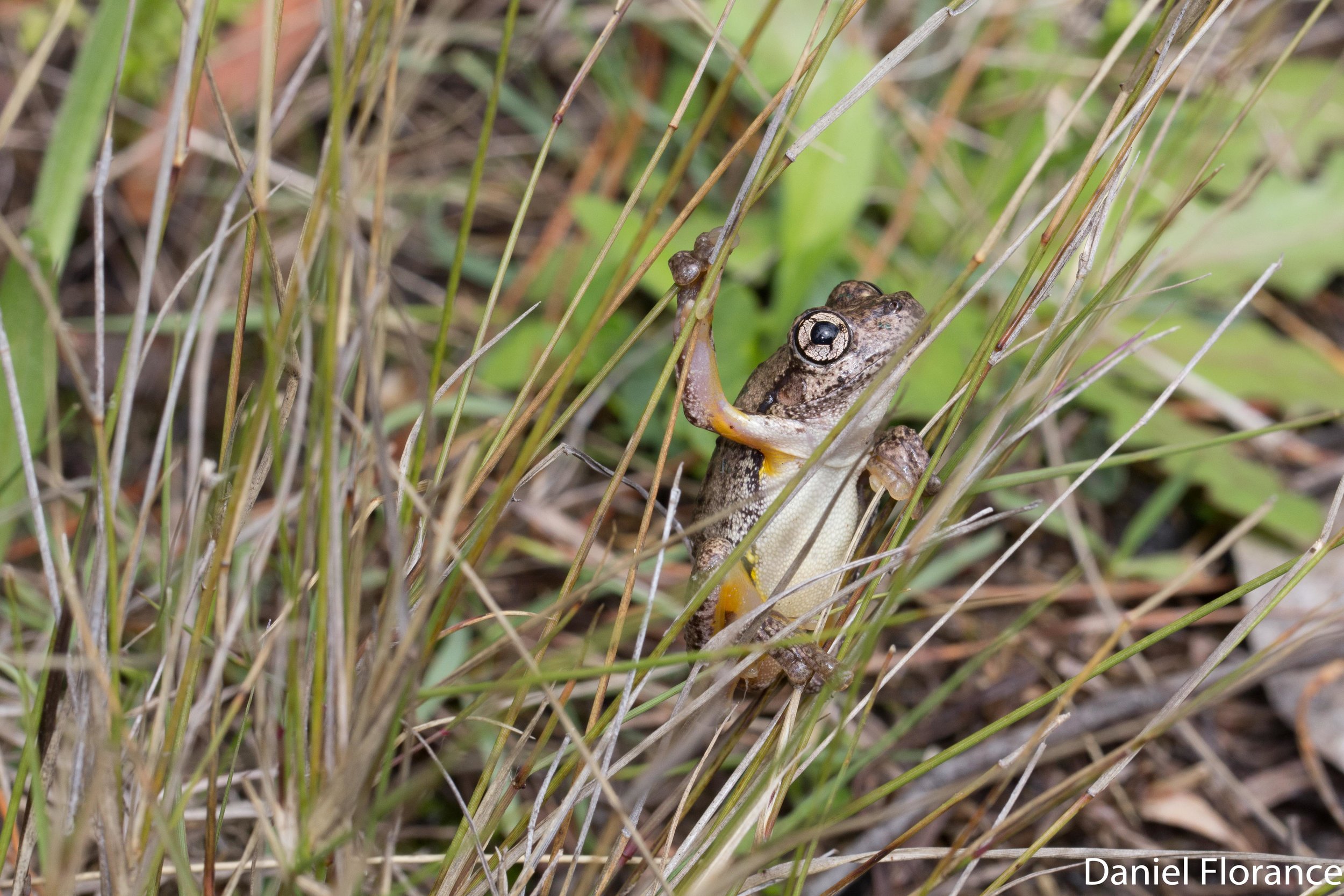
Most of us in south-eastern Australia are familiar with the maniacal cackle of Peron’s Tree Frog.
Photo: Dan Florance
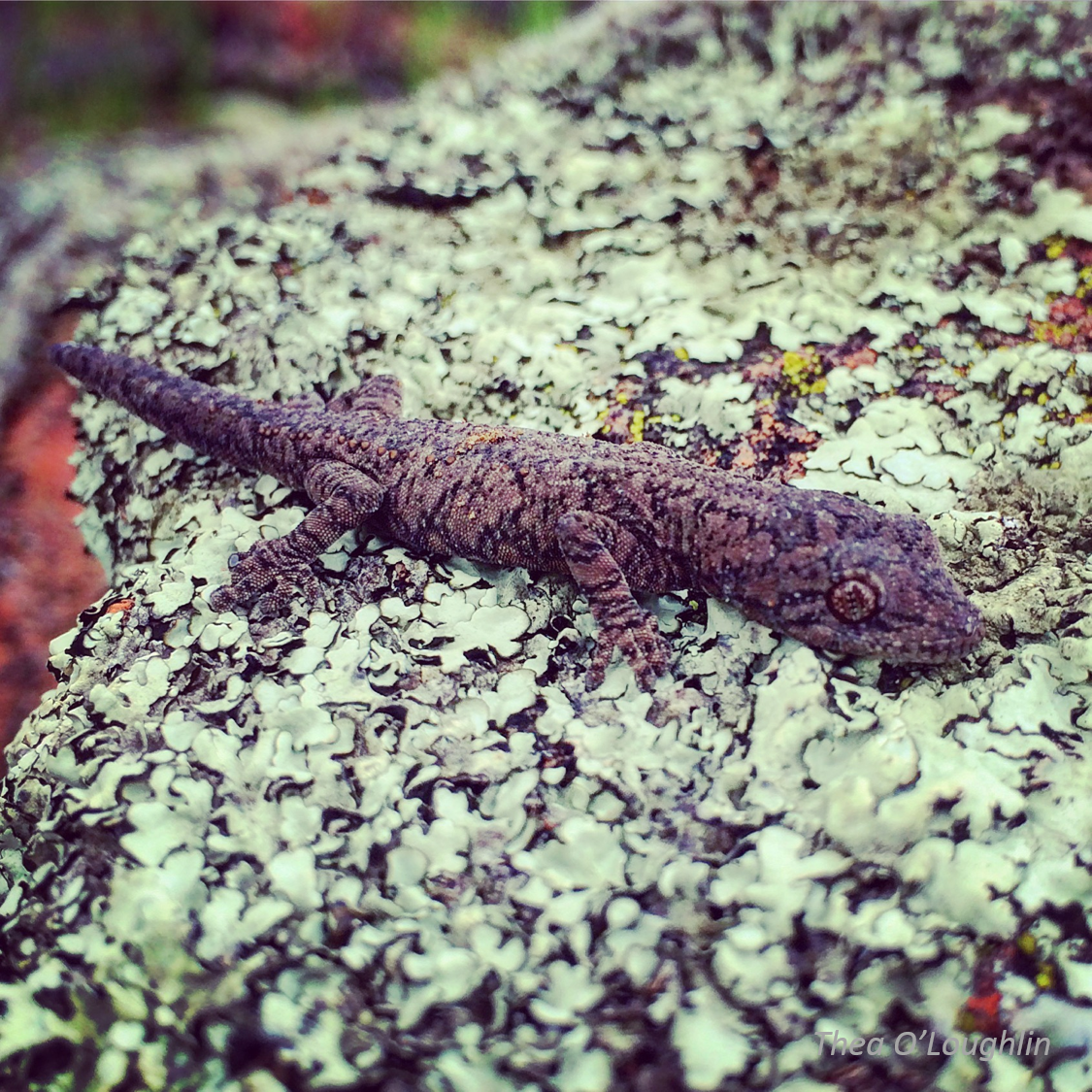
Spiny-tailed Gecko are one of several gecko species regularly recorded by the team.
Photo: Thea O'Loughlin.

One of the most melodic songs in the woodlands, male whistlers will deliver long and loud renditions throughout Spring.
Photo: Dan Florance















































The research team also often live tweets the species they find. If you would like to follow the findings of our research team live on social media, follow @LTecology on Twitter. Here are a few recent posts from our team while out at our monitoring sites recently. Make sure you watch Mason's video with sound!
Some people don't like getting there pictures taken, same goes for geckos #SWSstudy pic.twitter.com/Mgs21WIKdc
— Mason Crane (@Gundagian) August 26, 2016
Highlight of the week in the #stewardshipstudy was this carpentaria snake; a range extension & on a stewardship site pic.twitter.com/pRDPZxURU7
— Lachie McBurney (@lach26) September 15, 2016
Often find burrowers like the Giant Banjo Frog (Limnodynastes interioris) sheltering beneath #artificialrefuges #StewardshipStudy #wildoz pic.twitter.com/uo9HZ03UMk
— Damian Michael (@DrDMichael) October 5, 2016
Our team is still out and about right now surveying across eastern Australia, the continuation of this long term monitoring is critical to the understanding of our woodland ecosystems.
